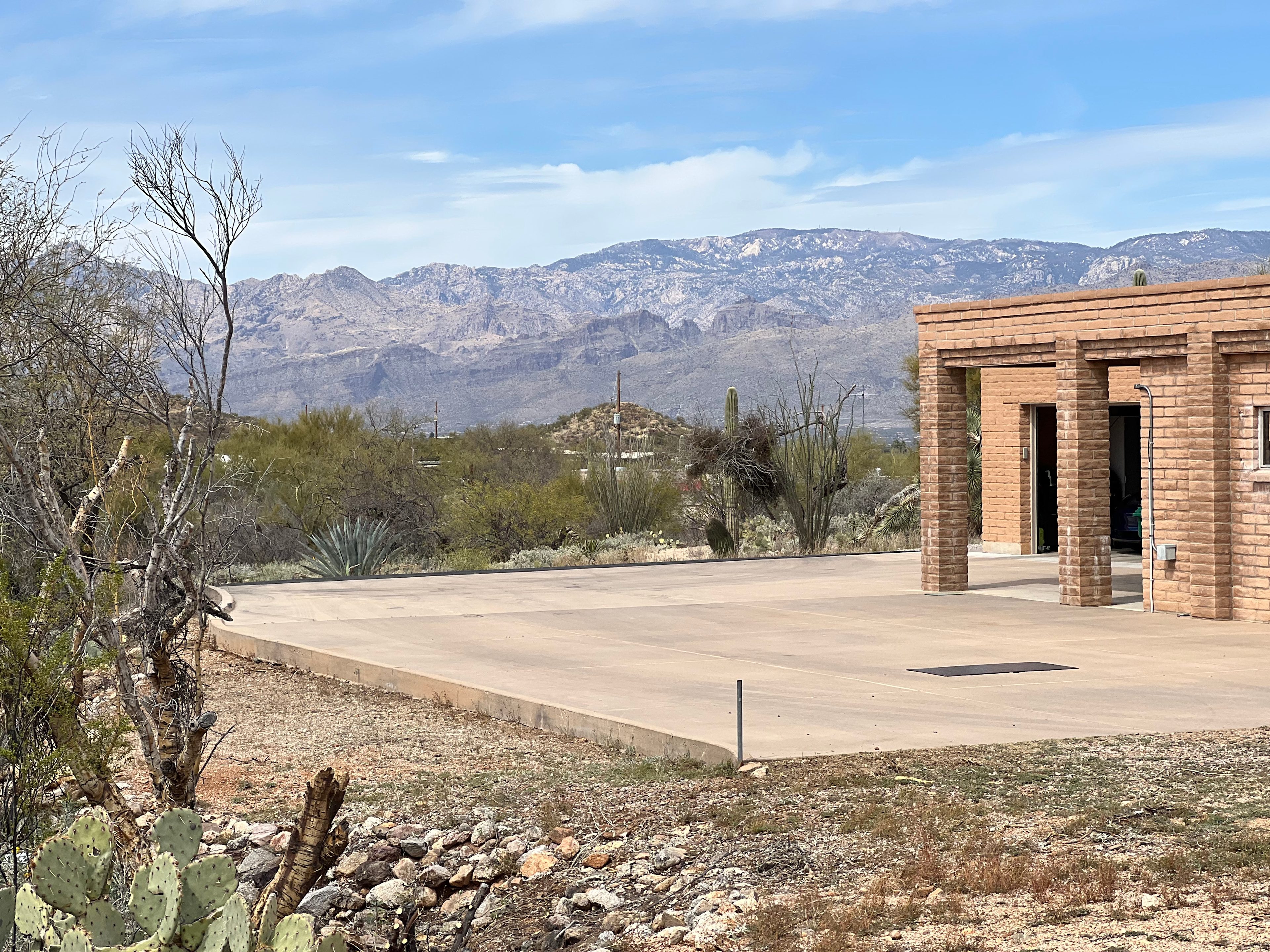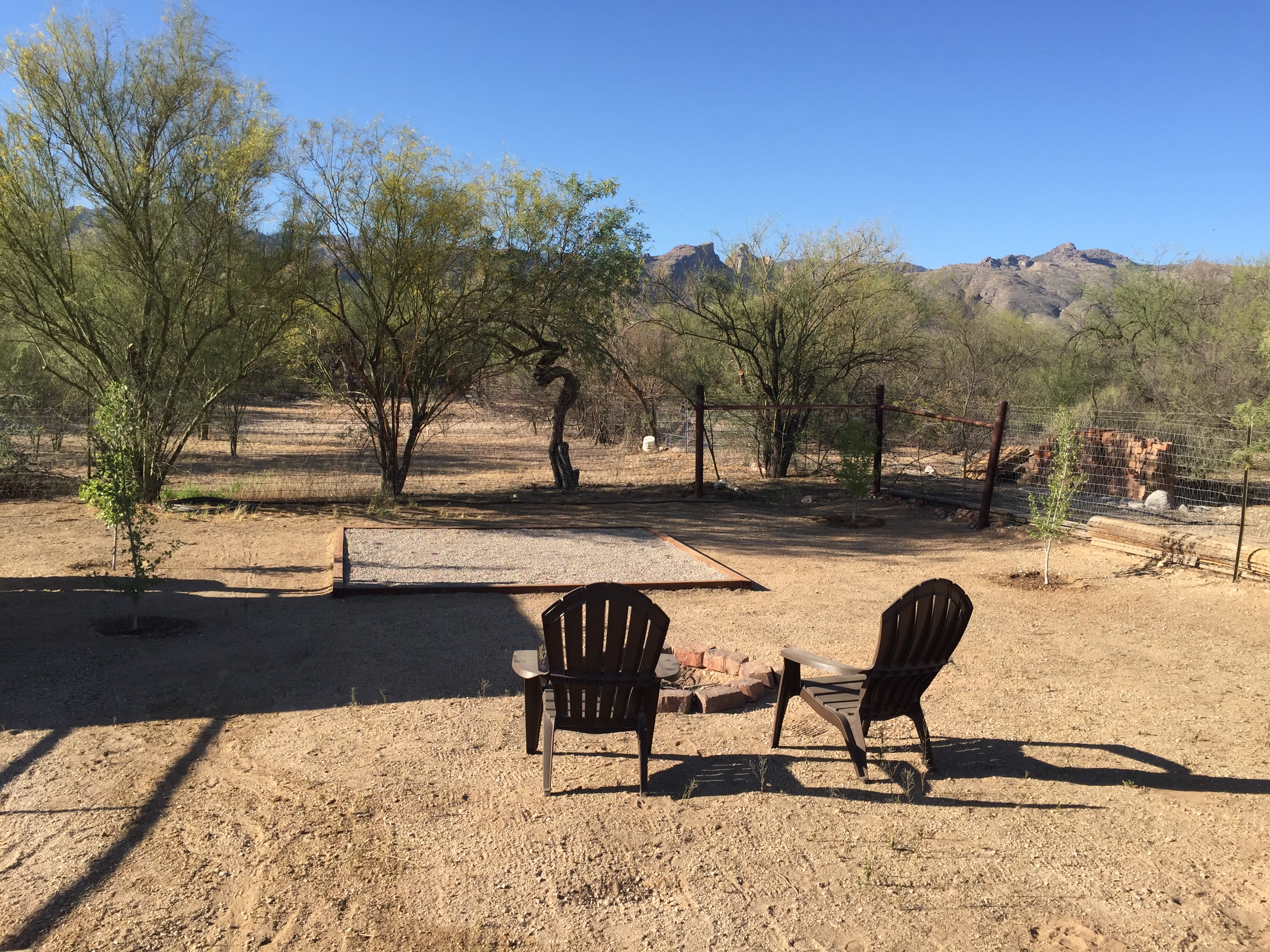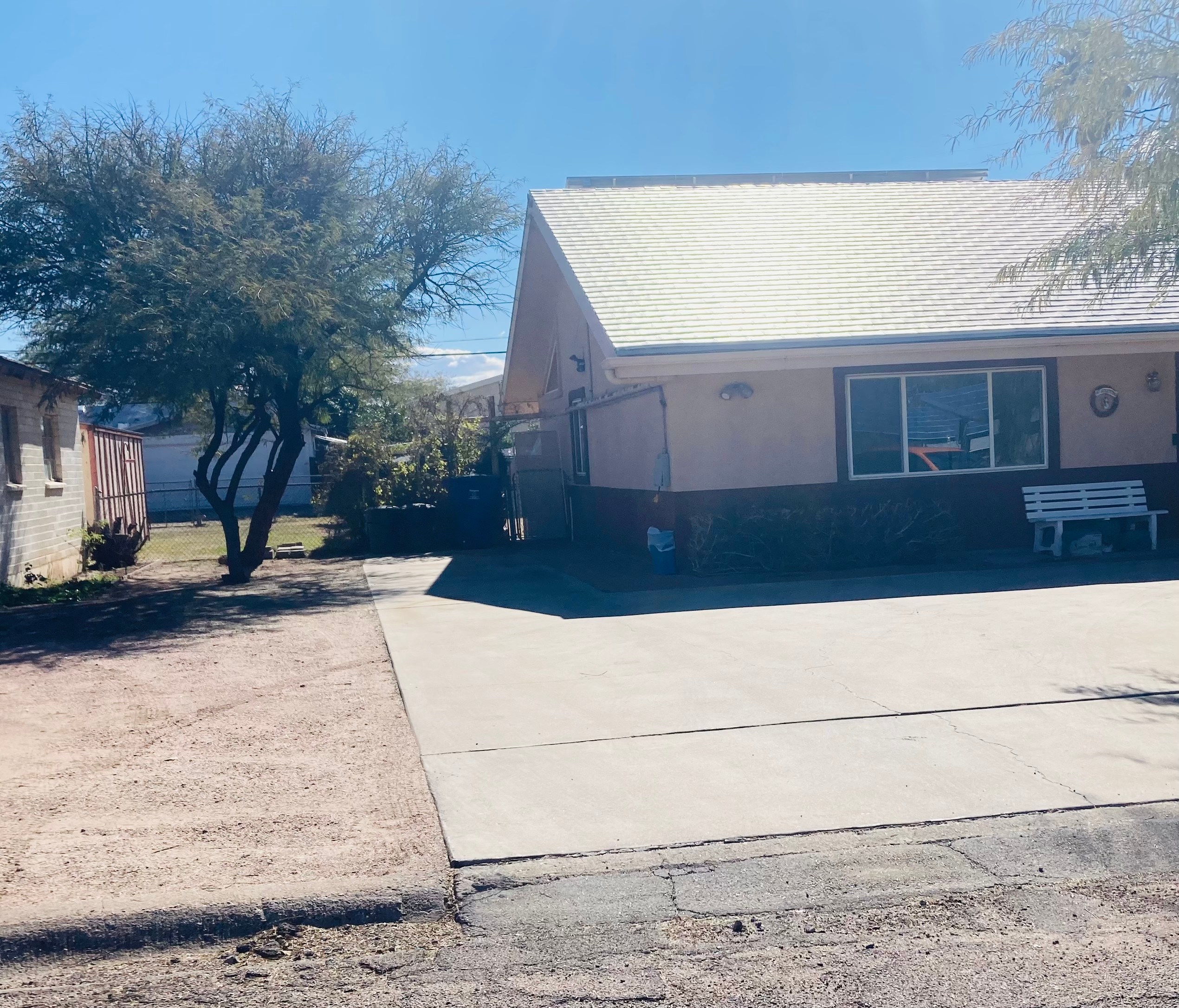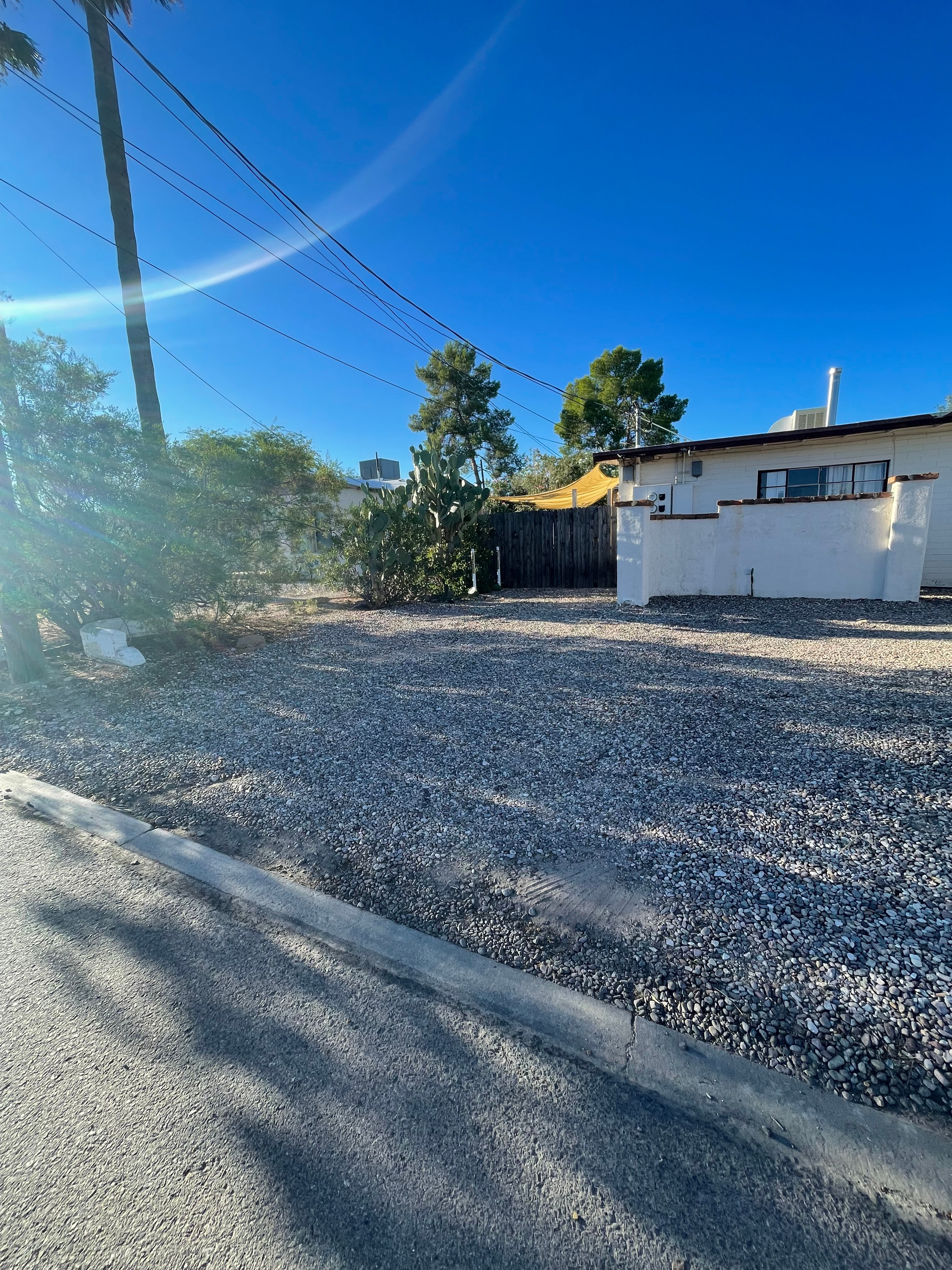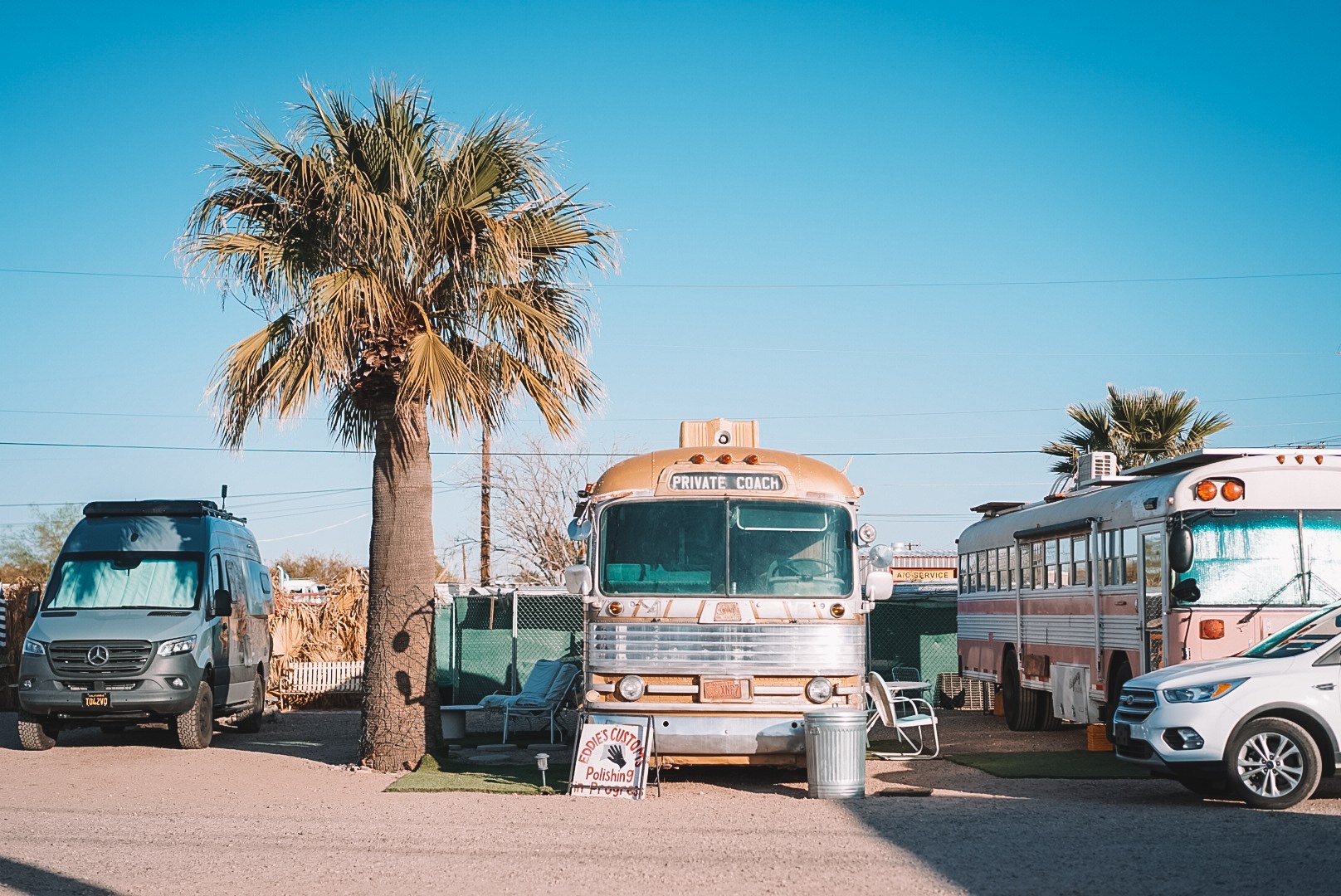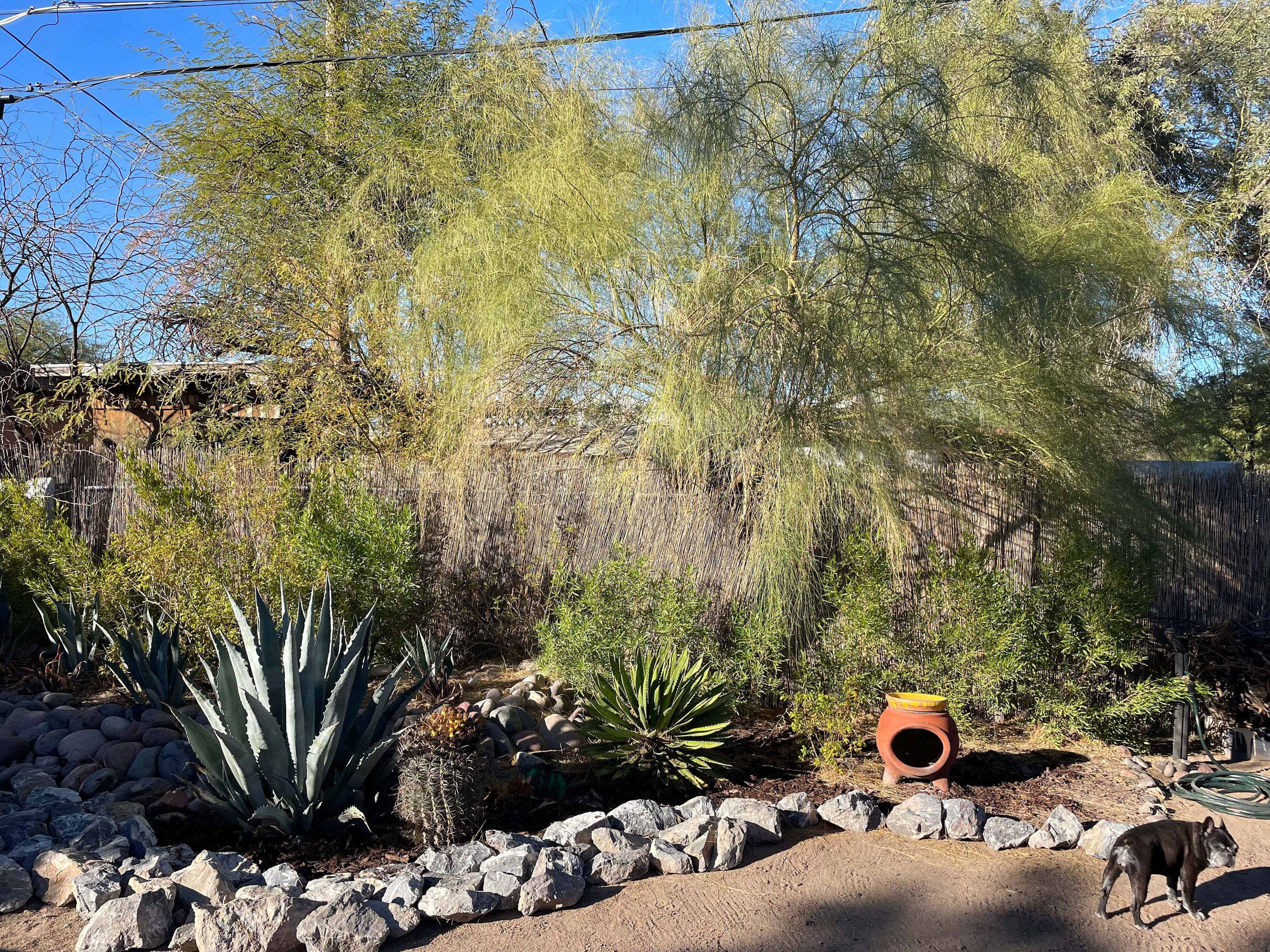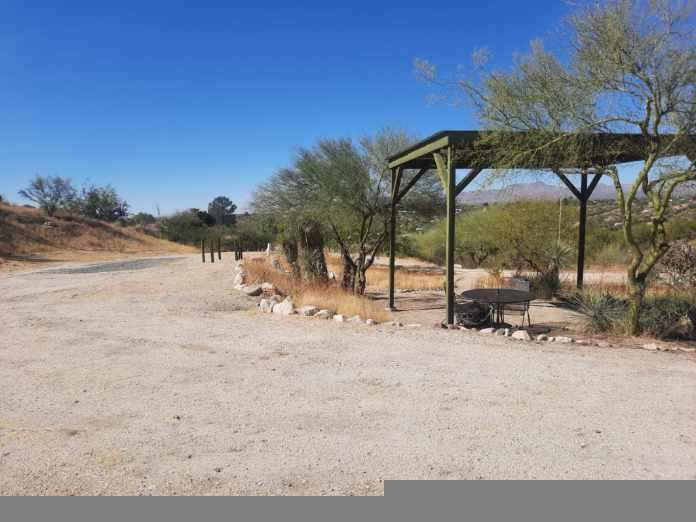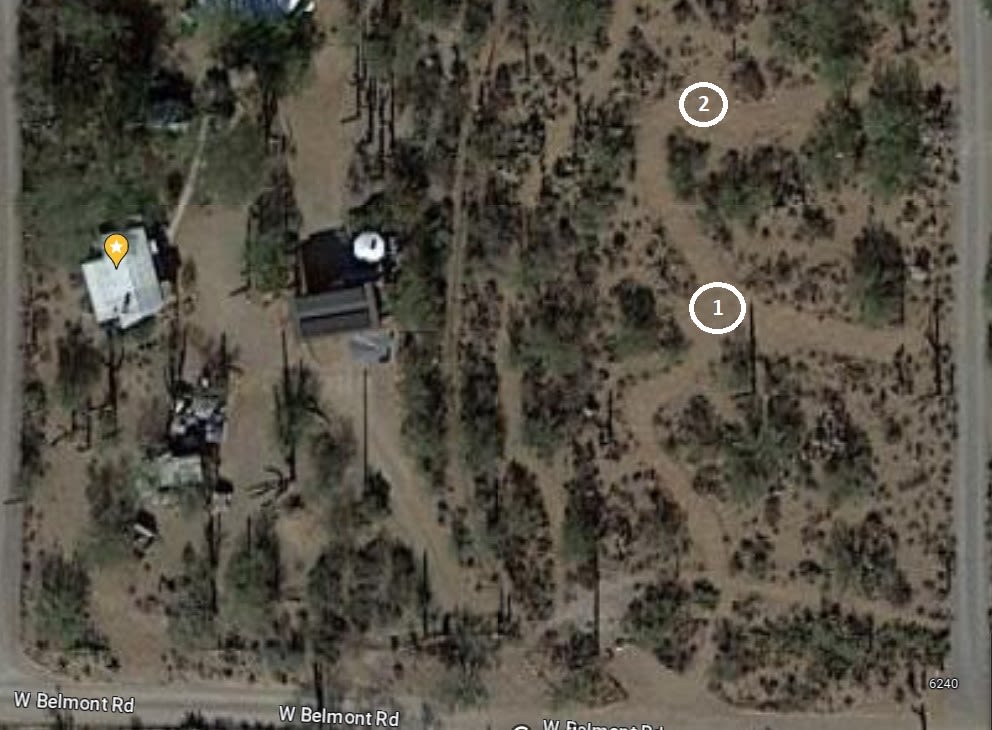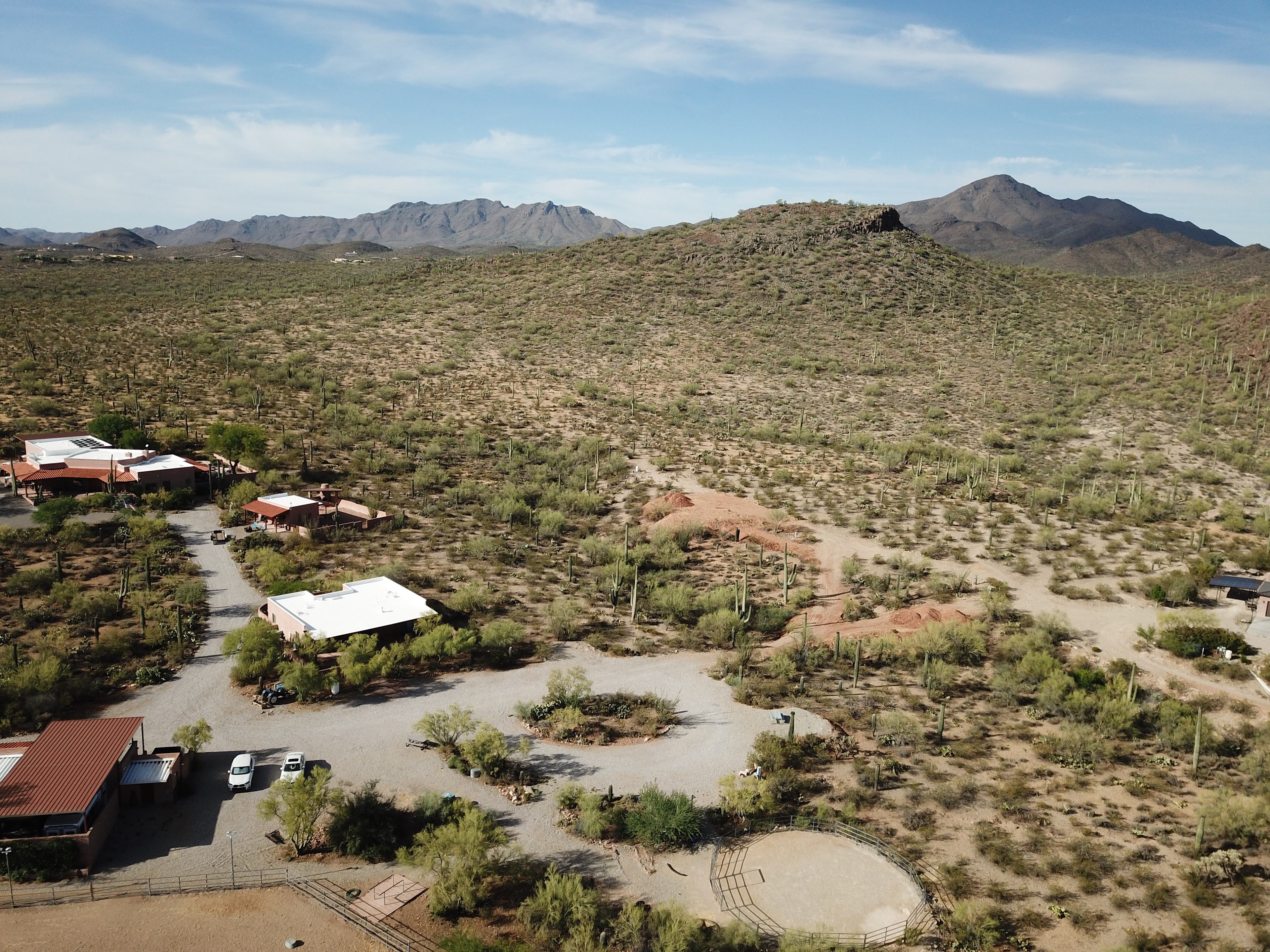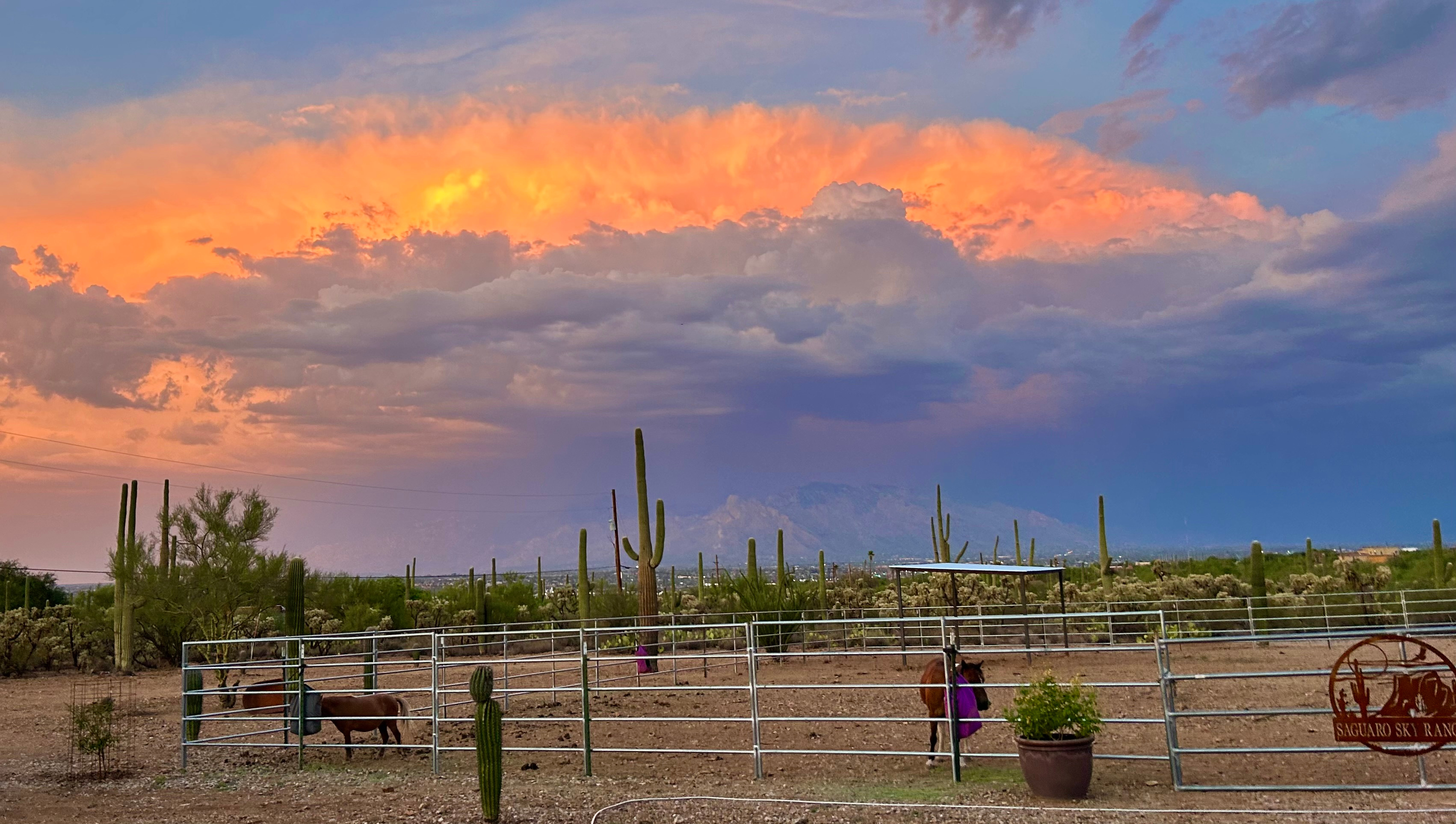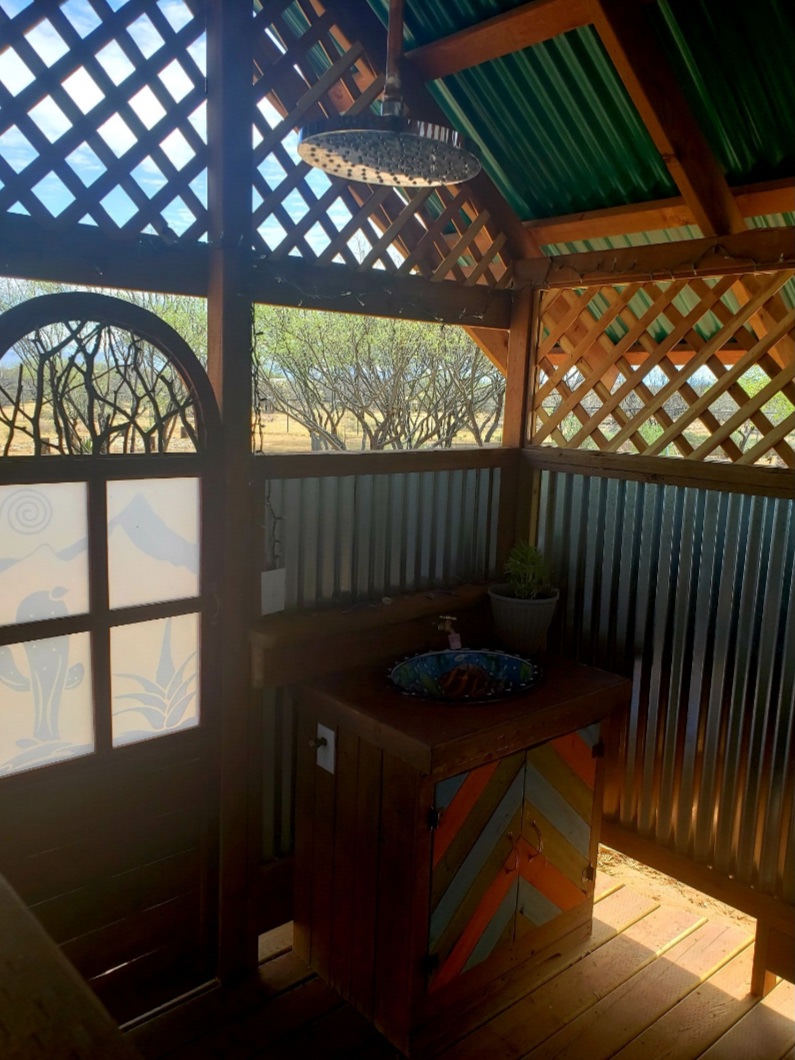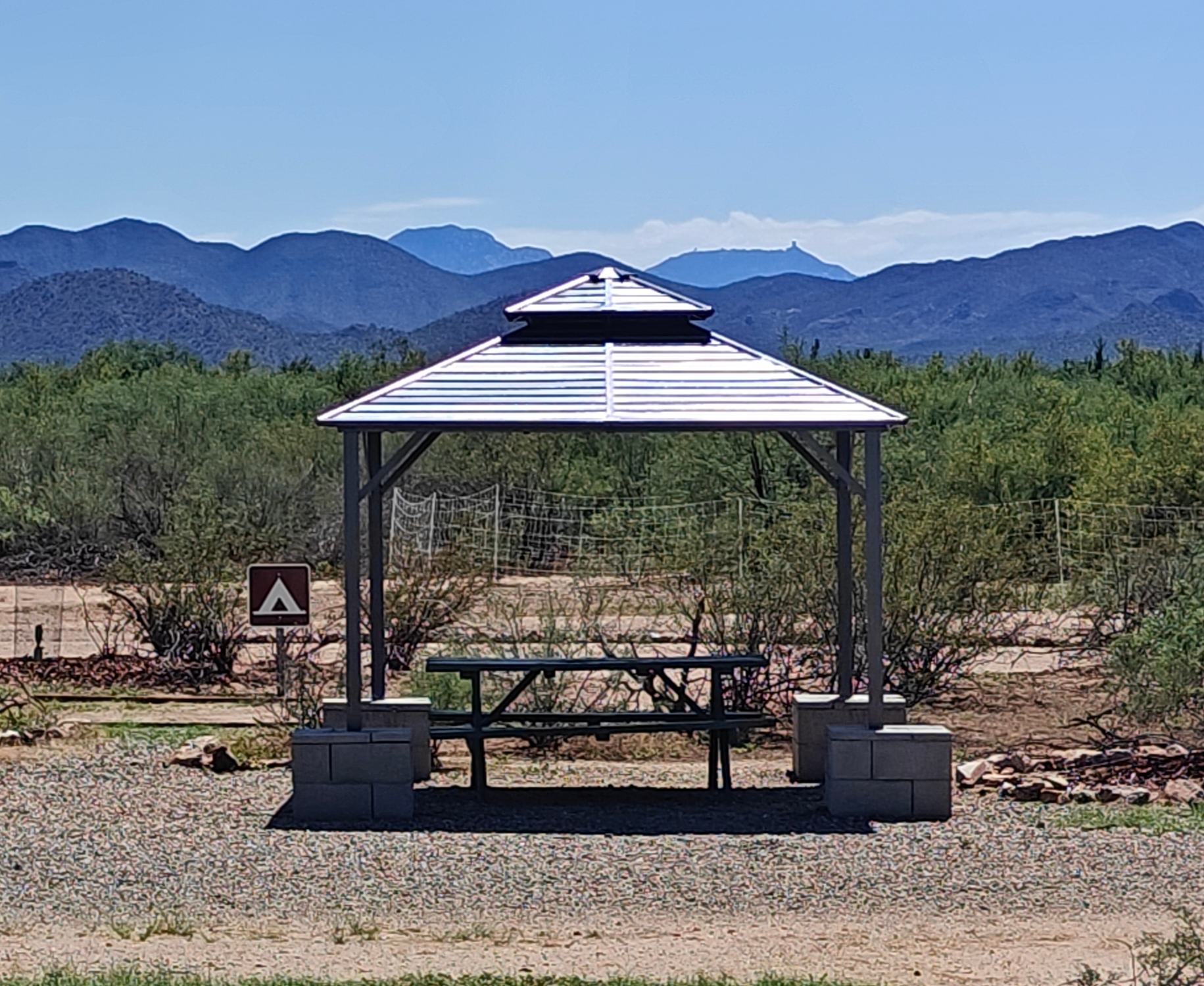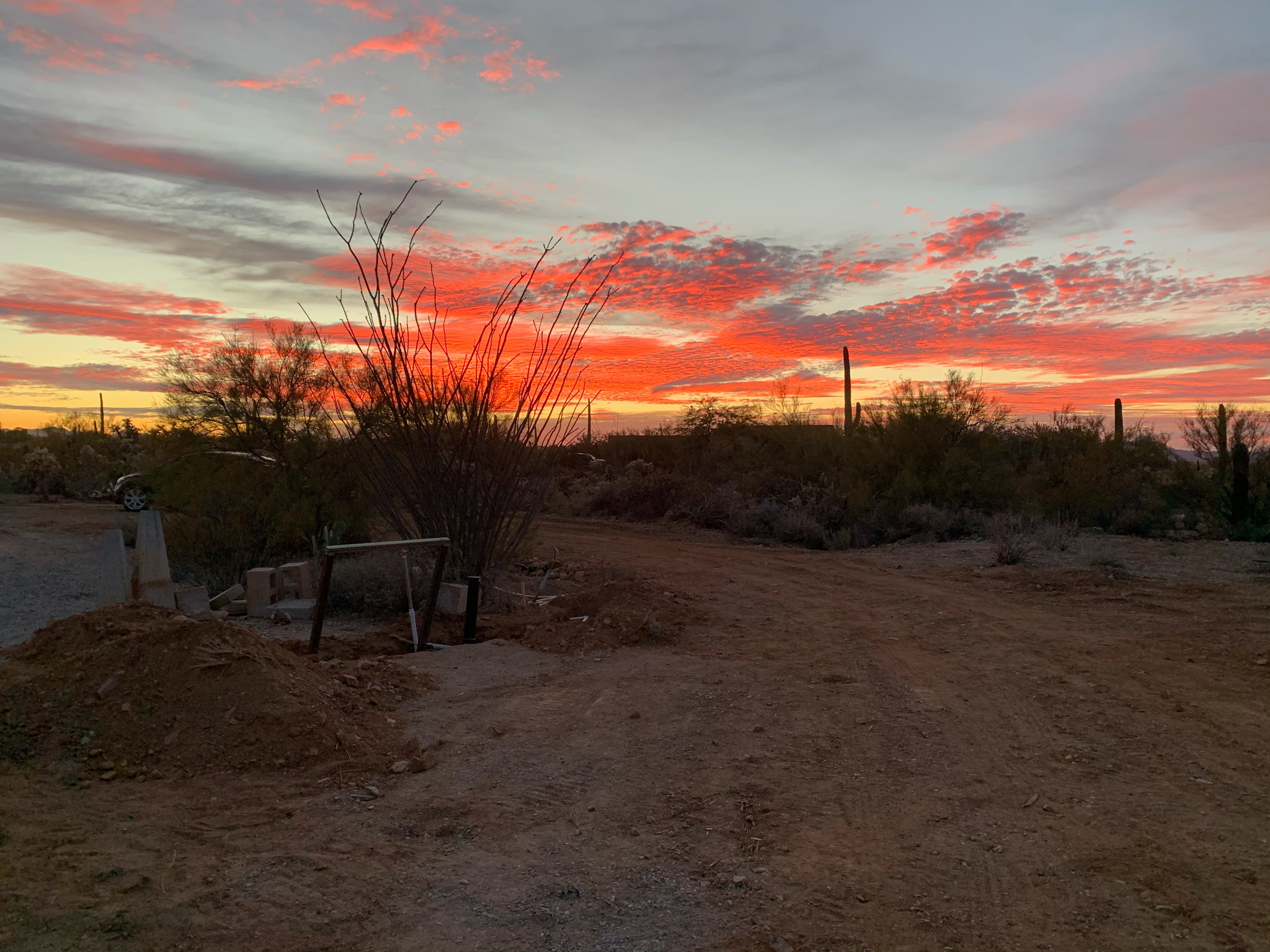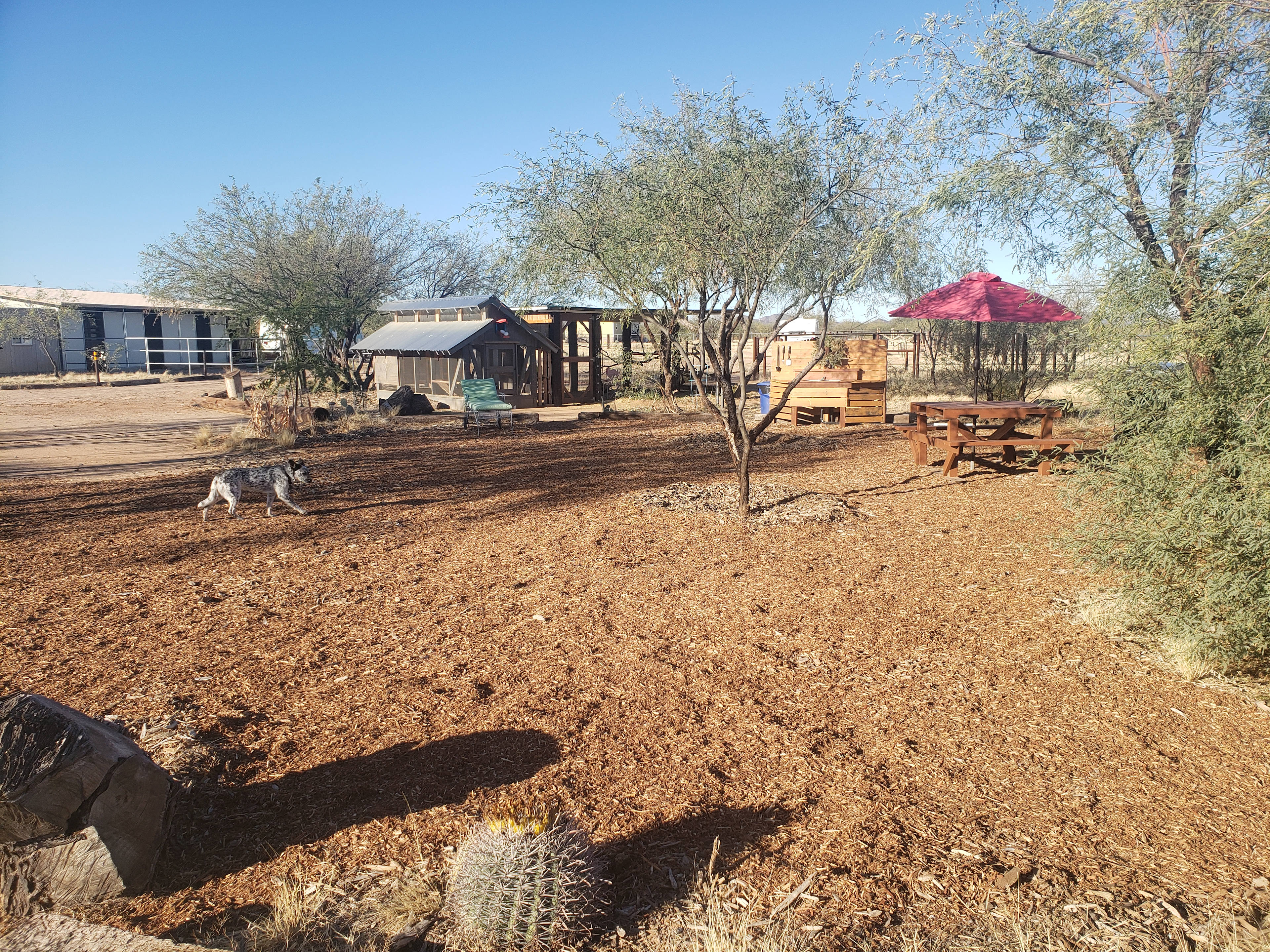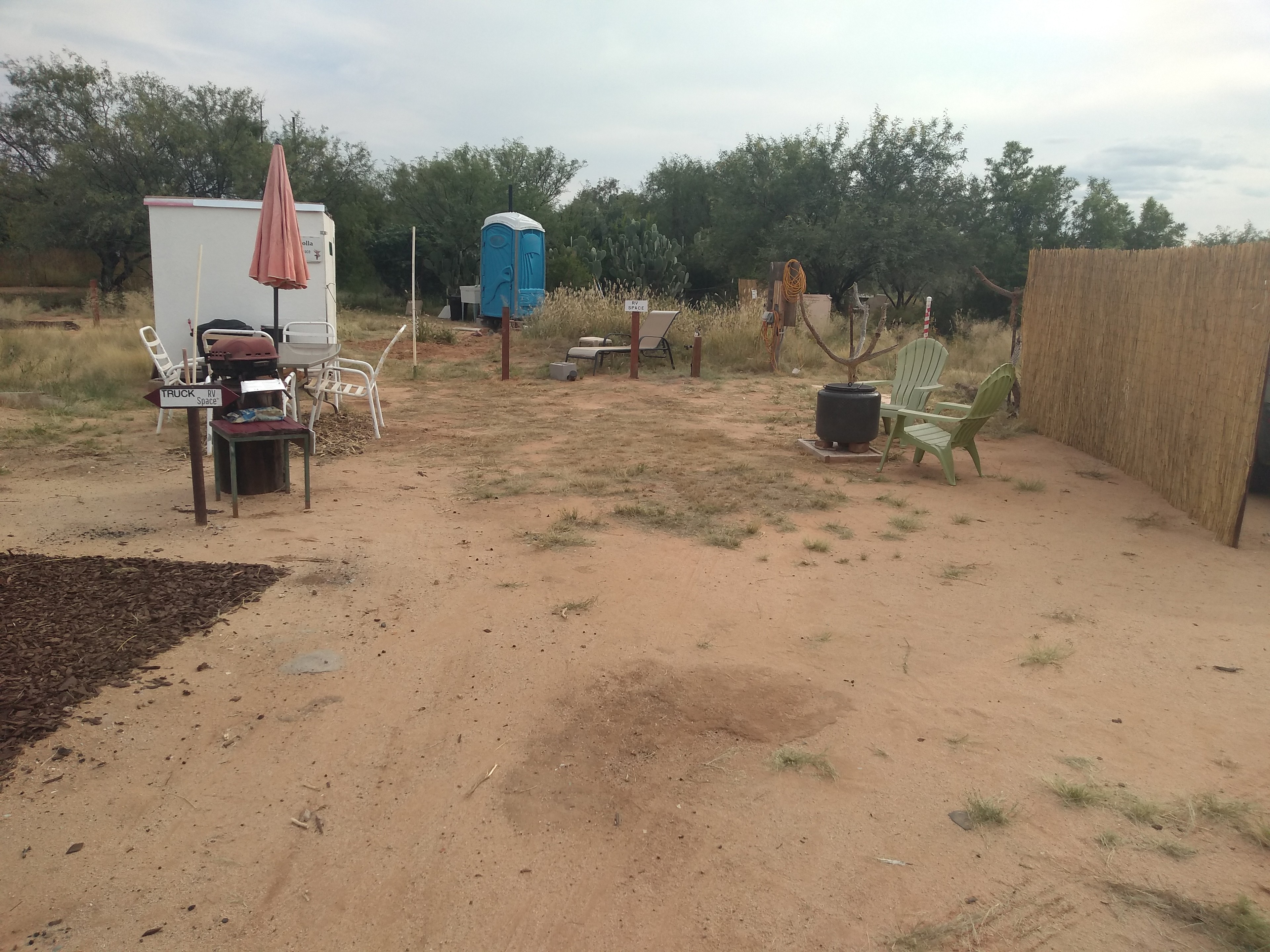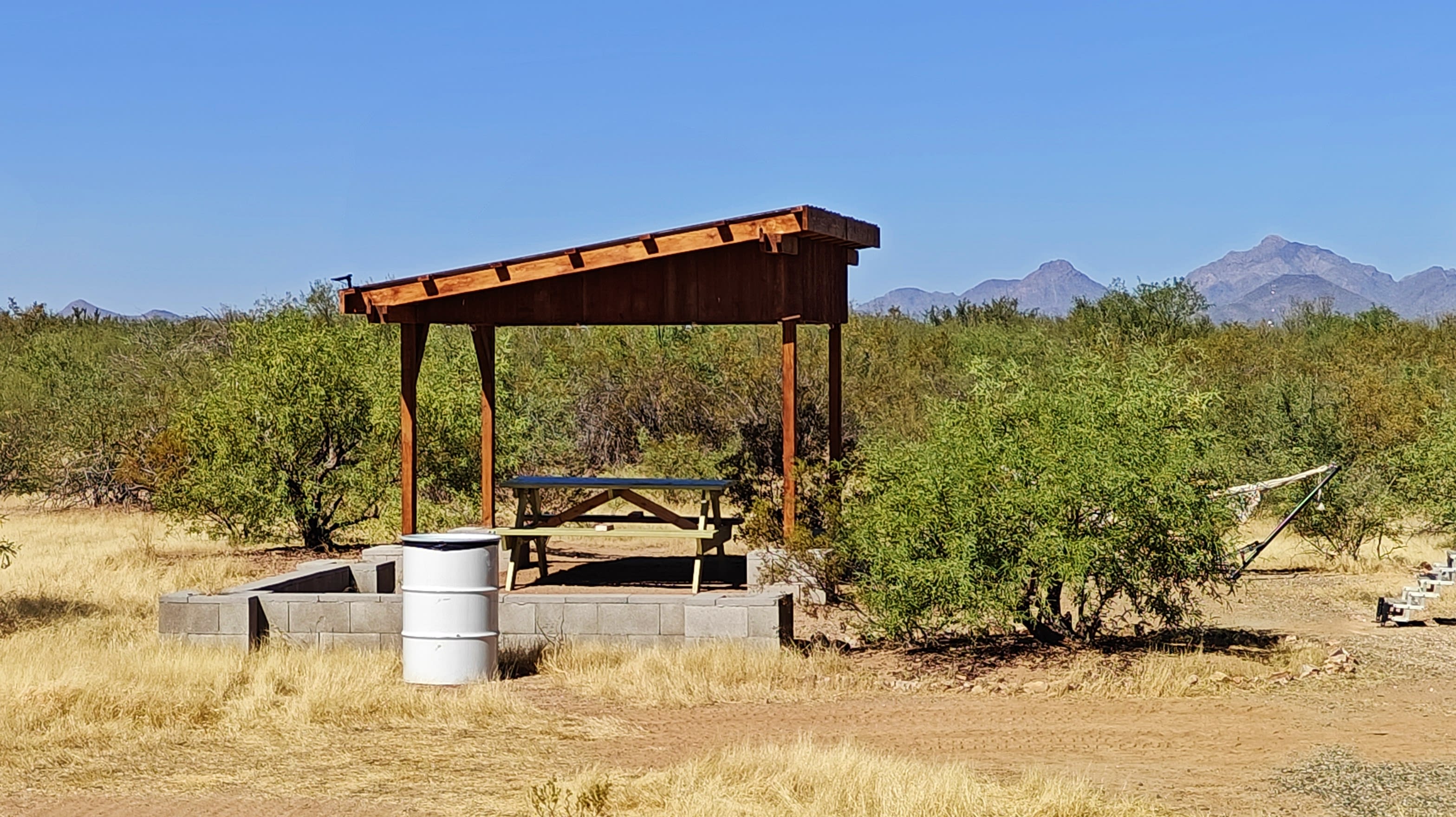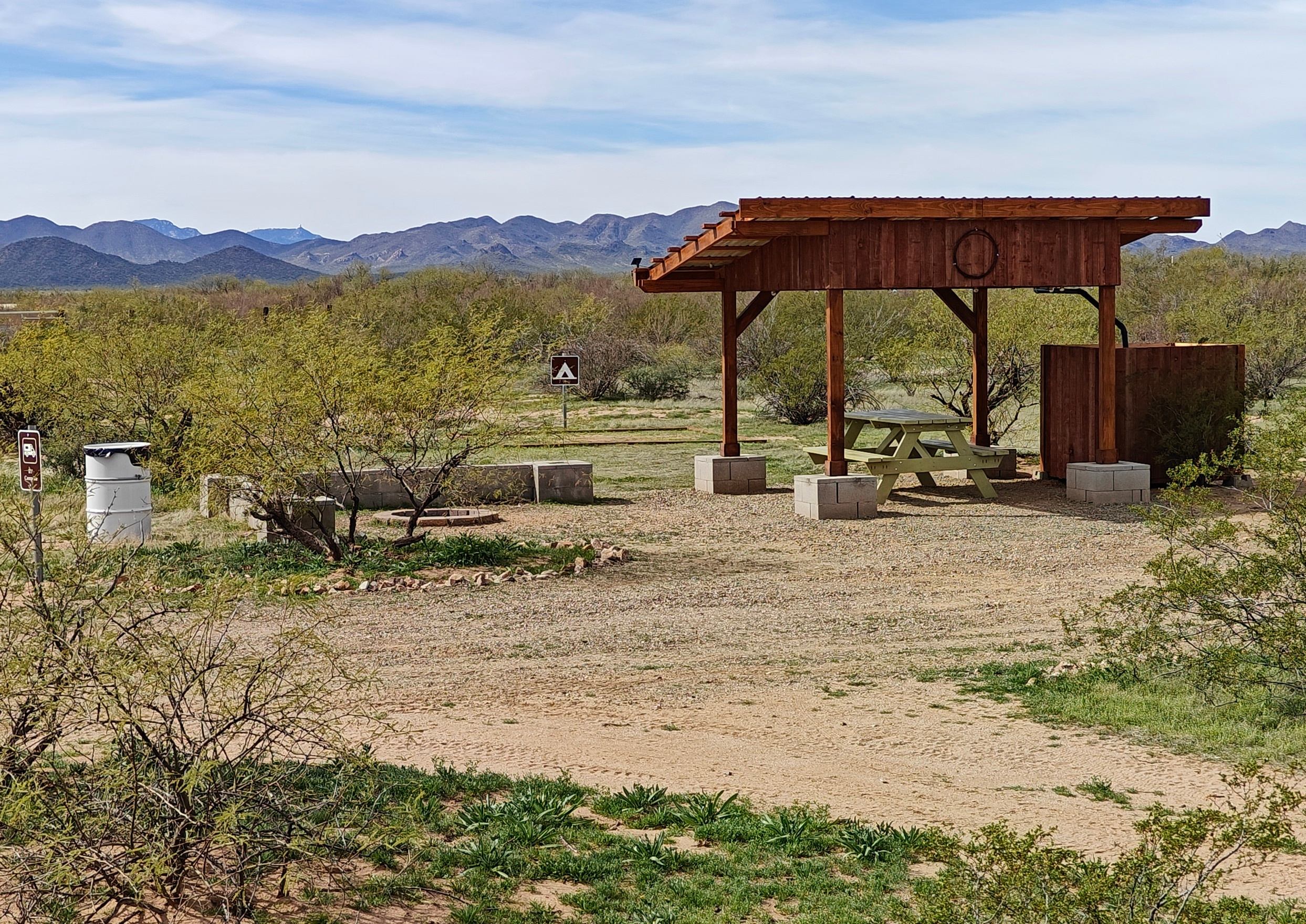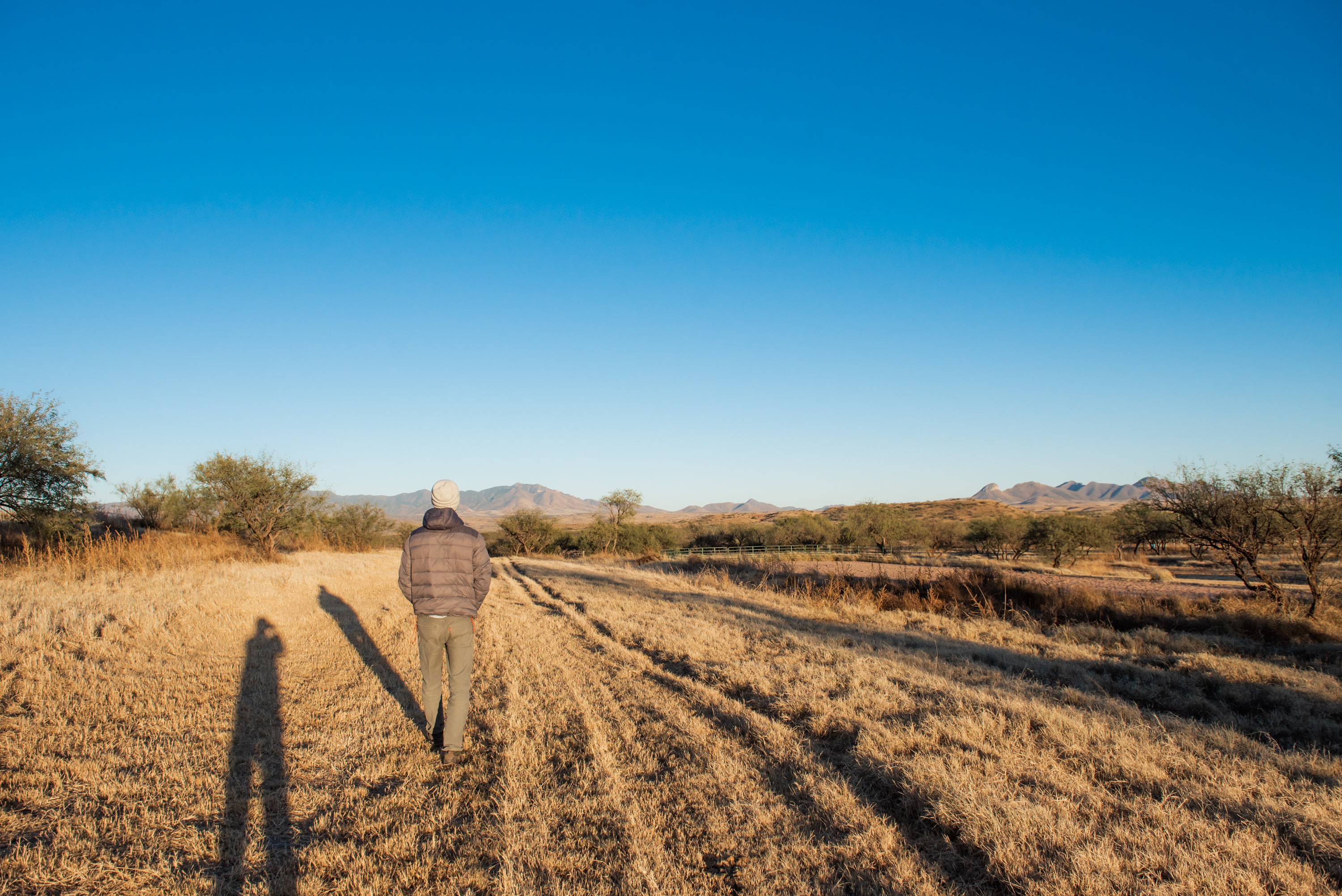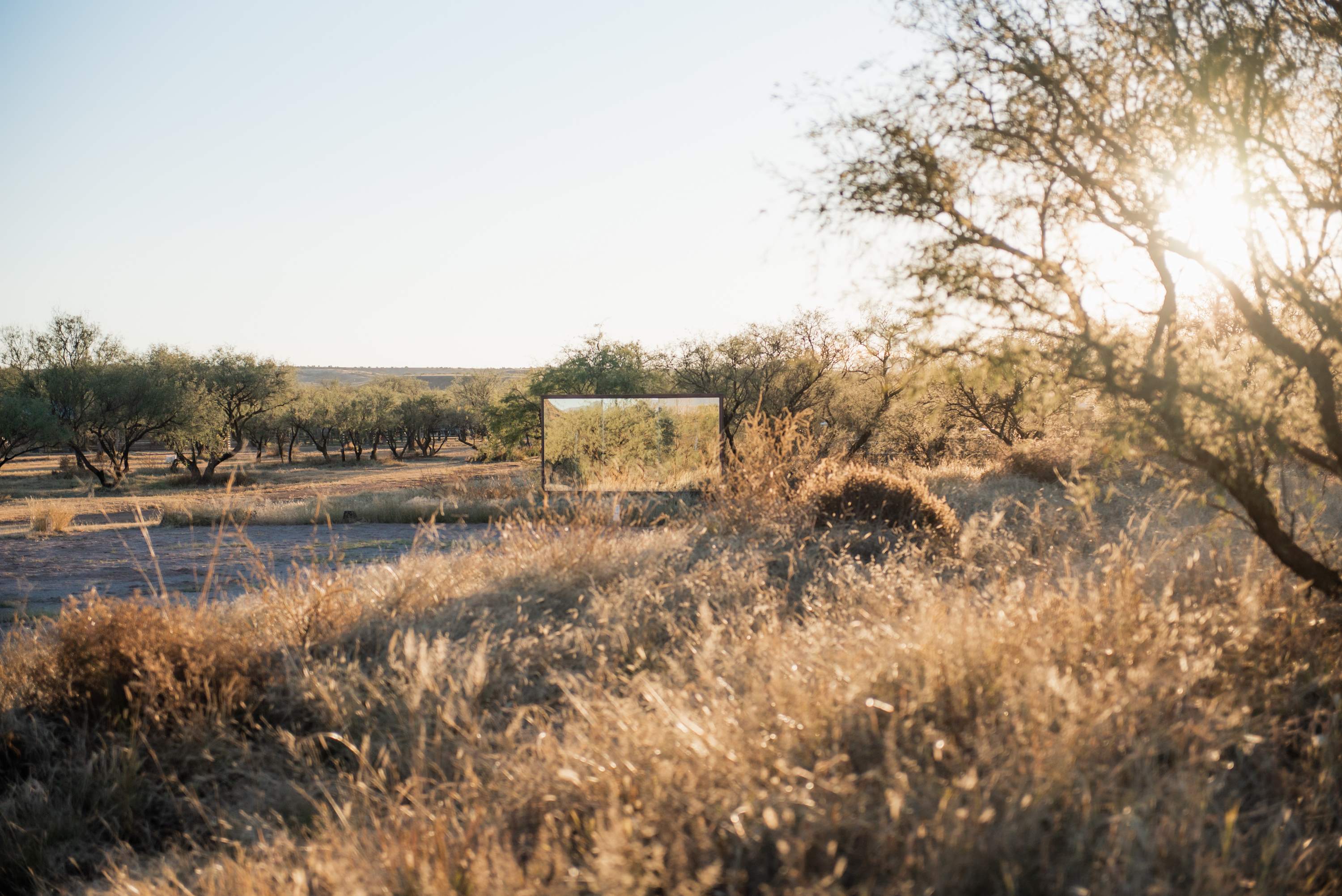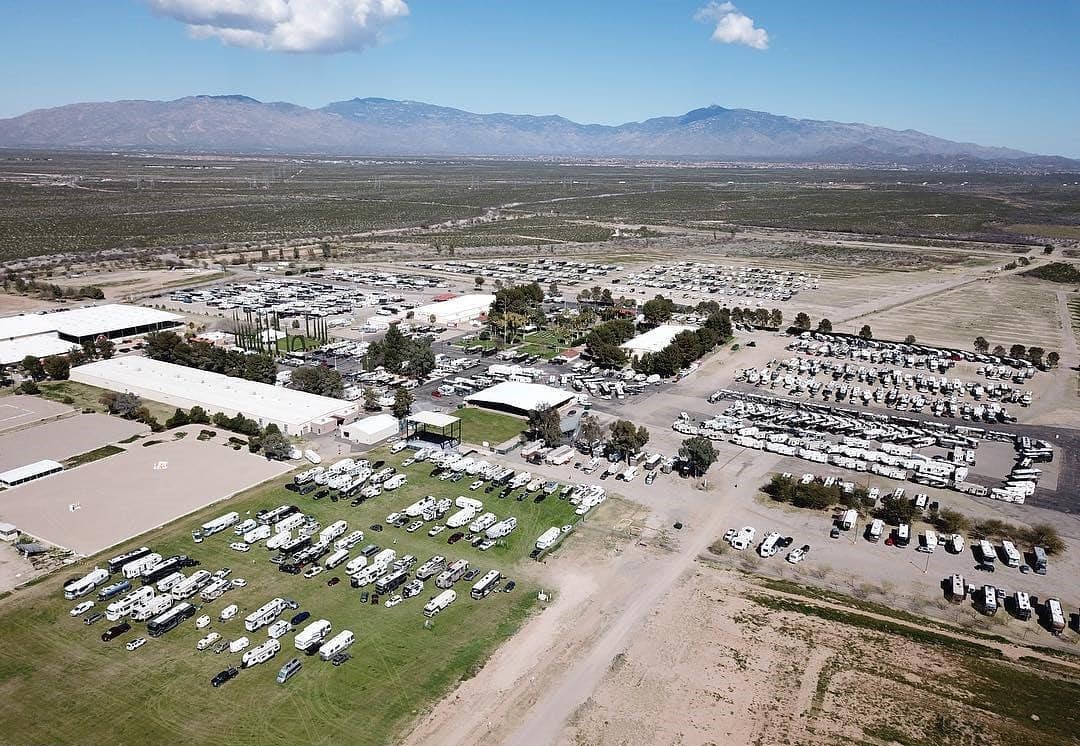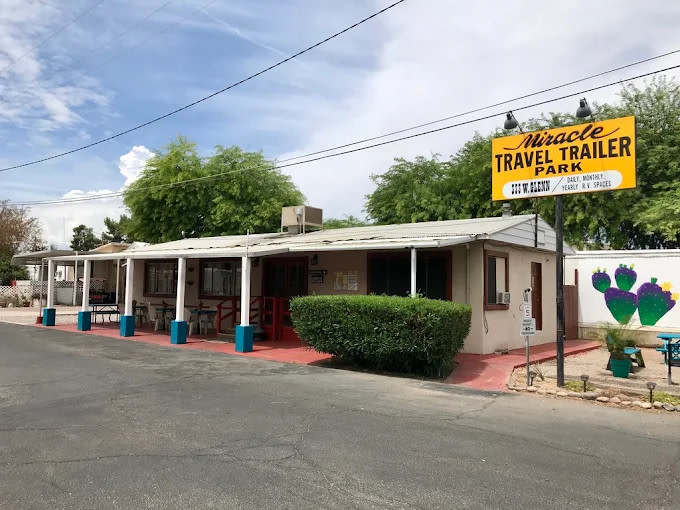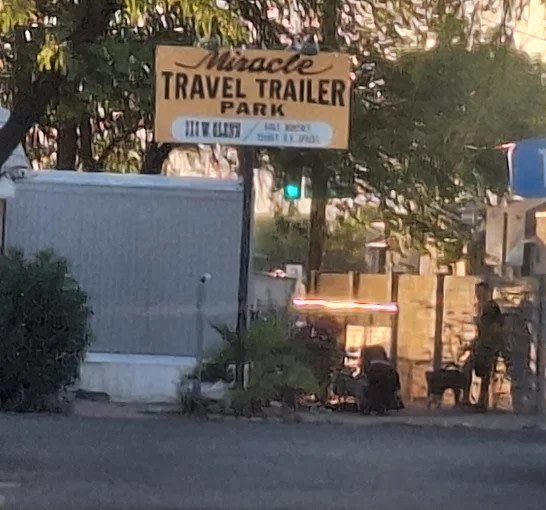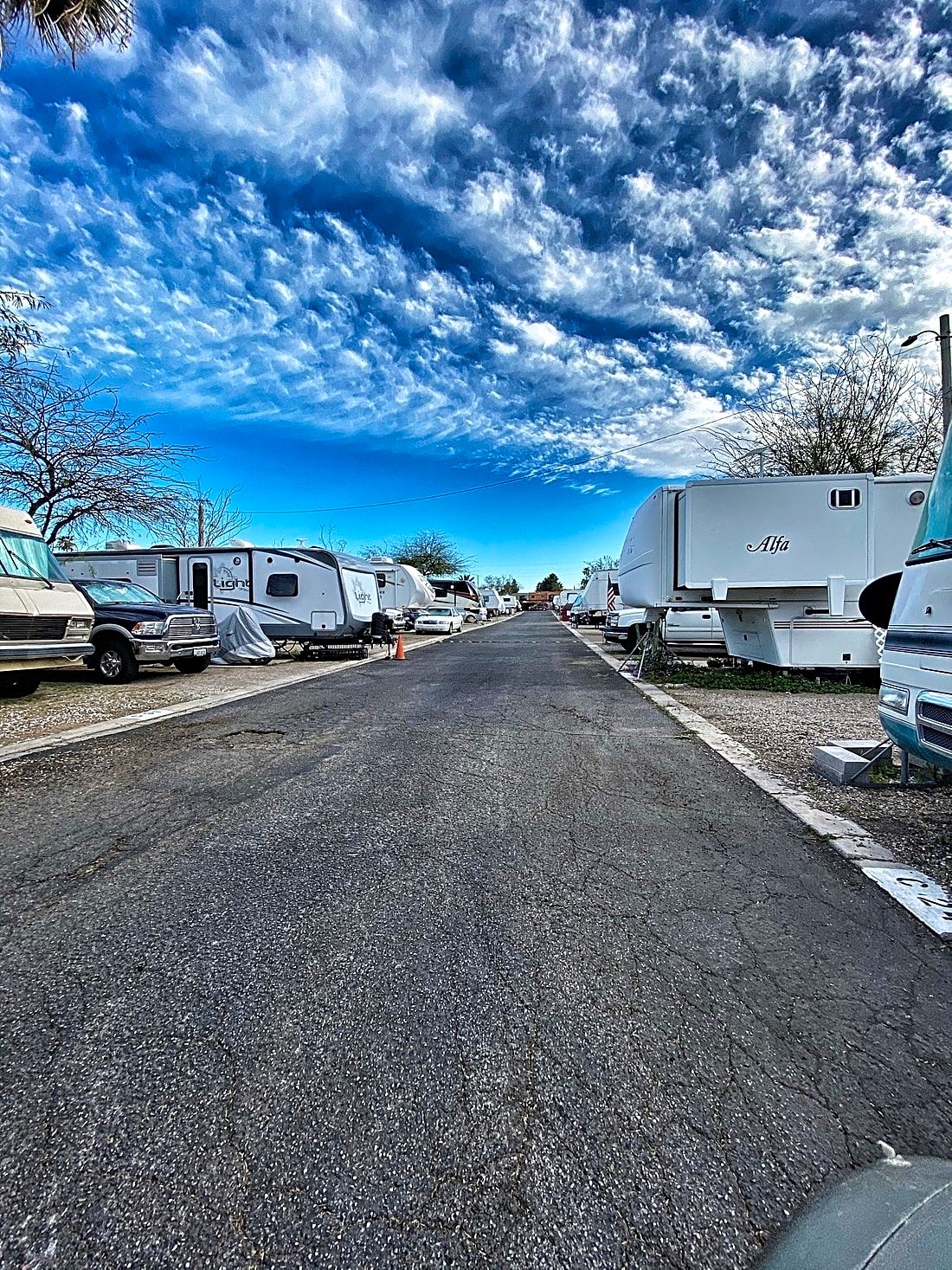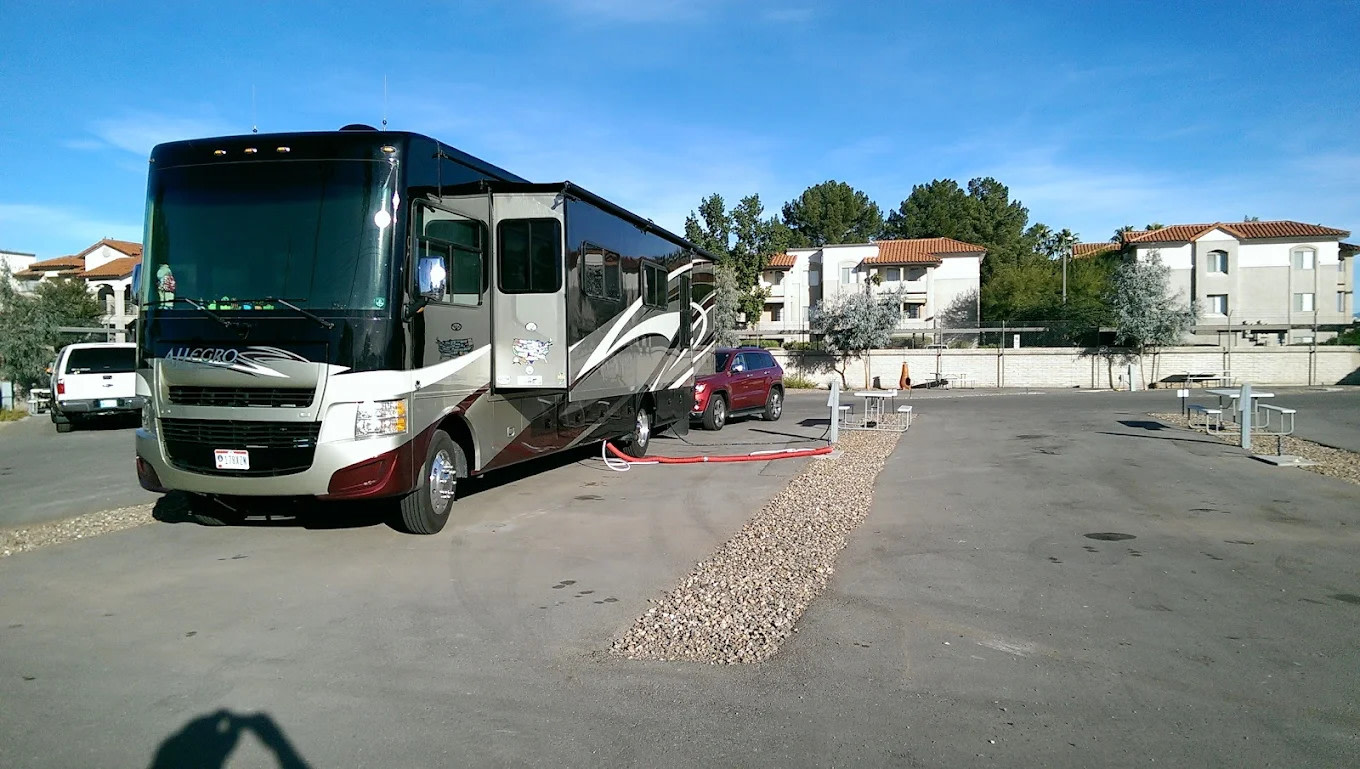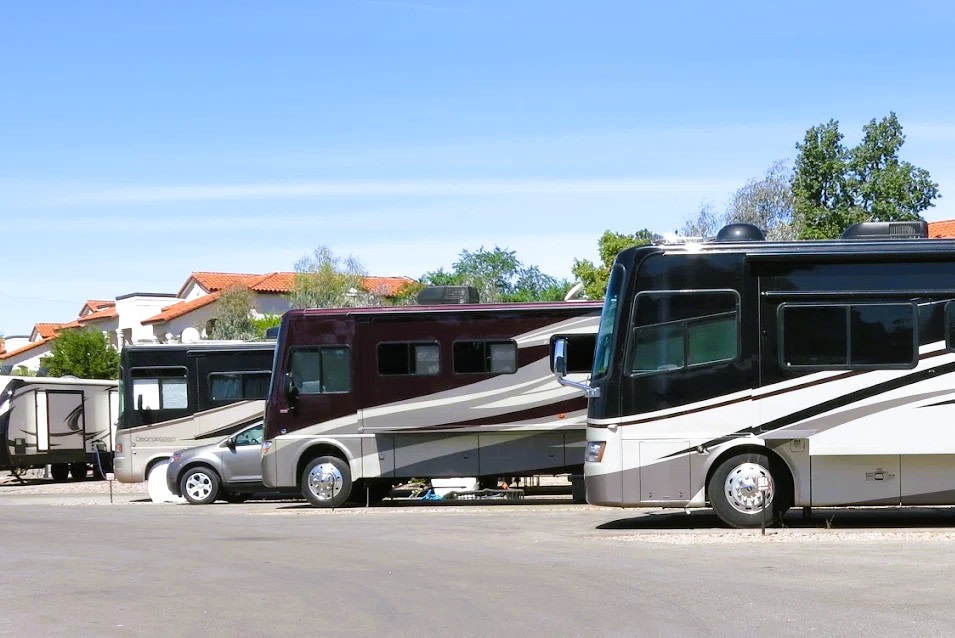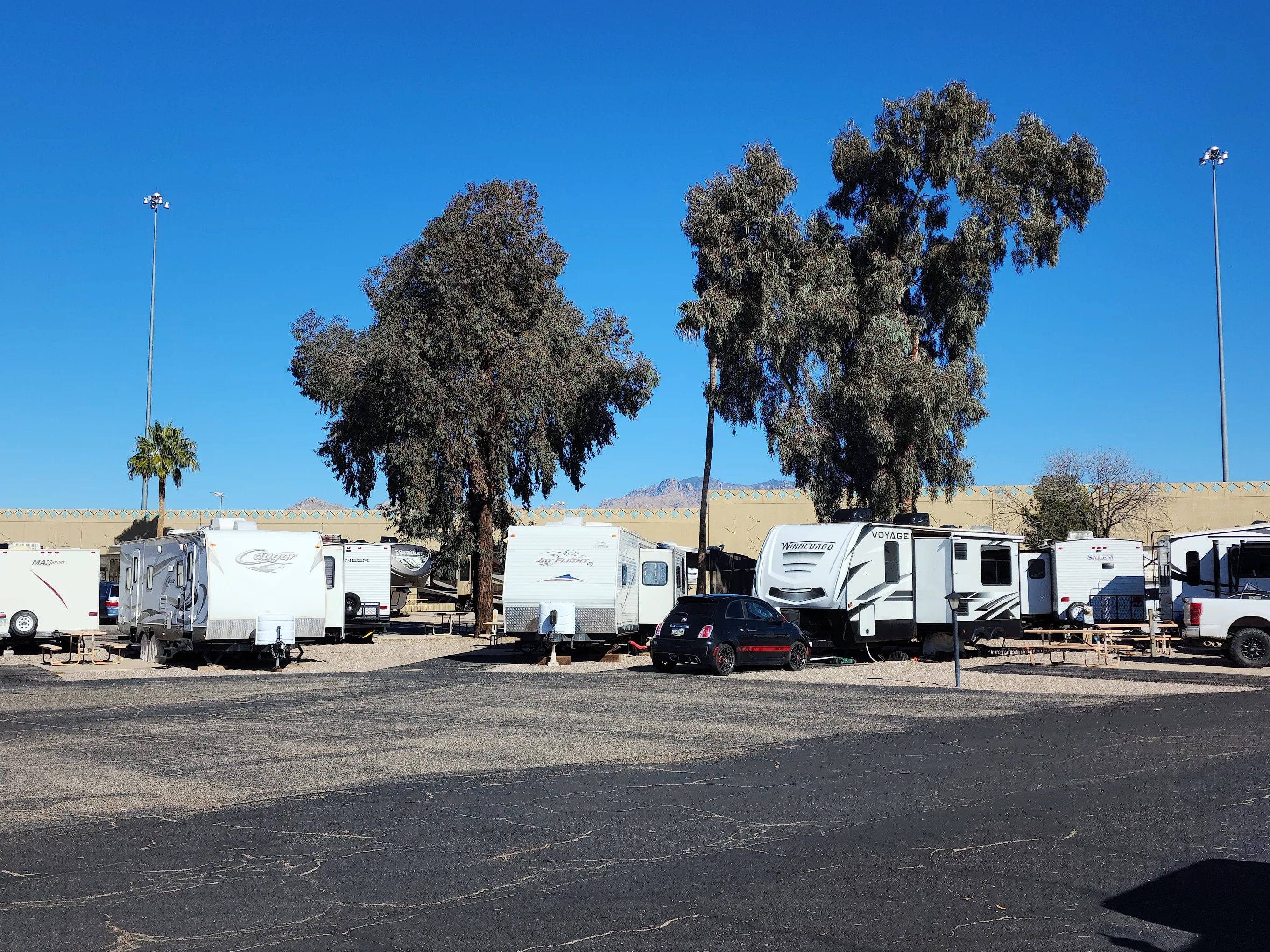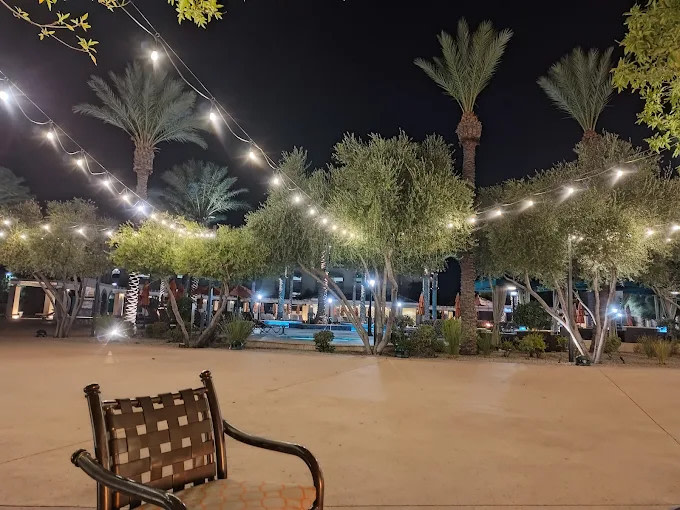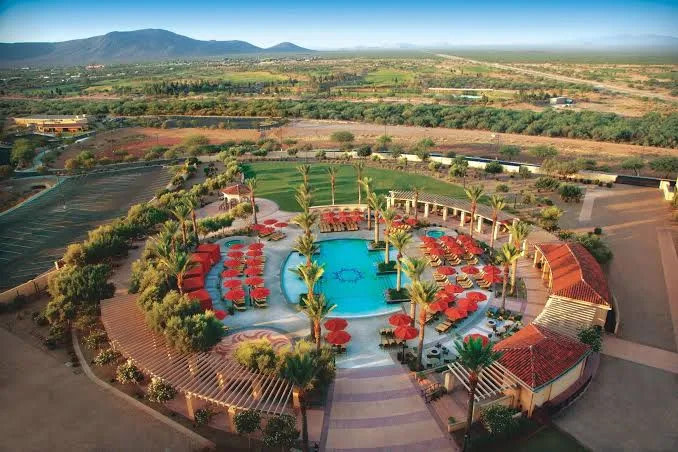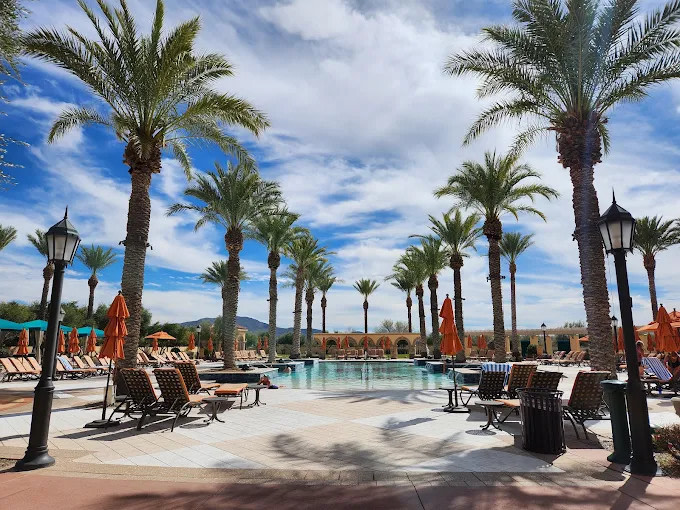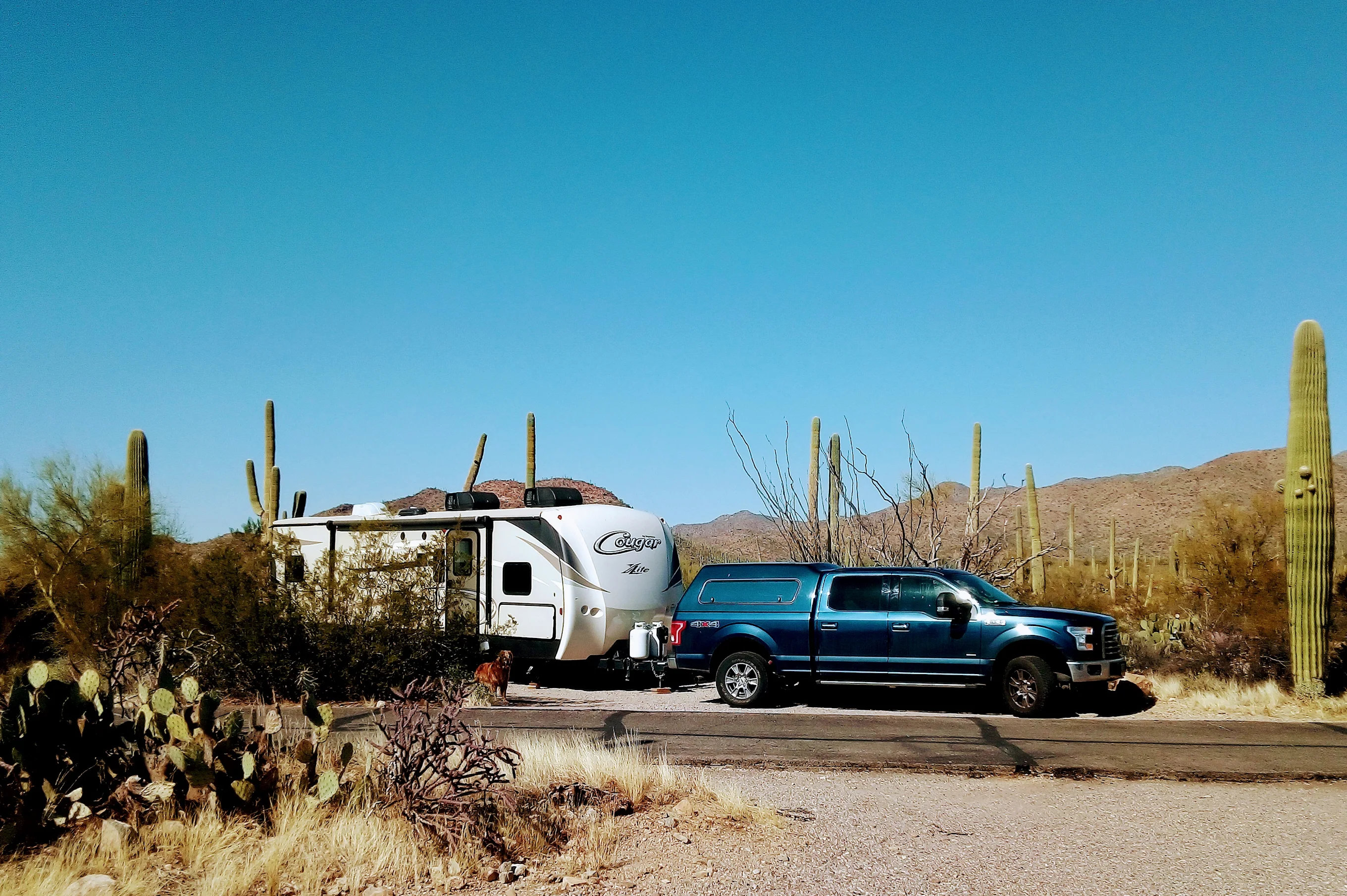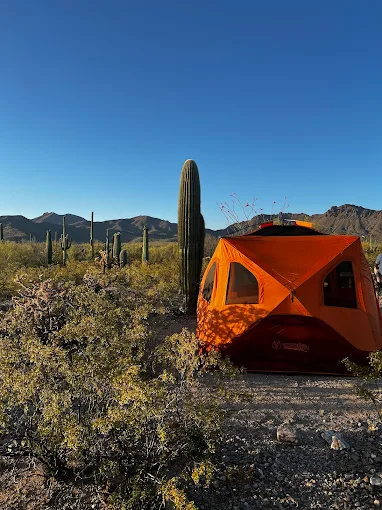- Saguaro National Park
The best camping in Saguaro National Park, AZ
The Sonoran Desert sets the stage for exploring the iconic saguaro cactus.
The best camping in Saguaro National Park, AZ
Discover the most magical spots to pitch your tent or park your rig on your next Saguaro National Park adventure.
Camper favorites near Saguaro National Park
Top-rated campgrounds reviewed by the Hipcamp community.



Stories from the community

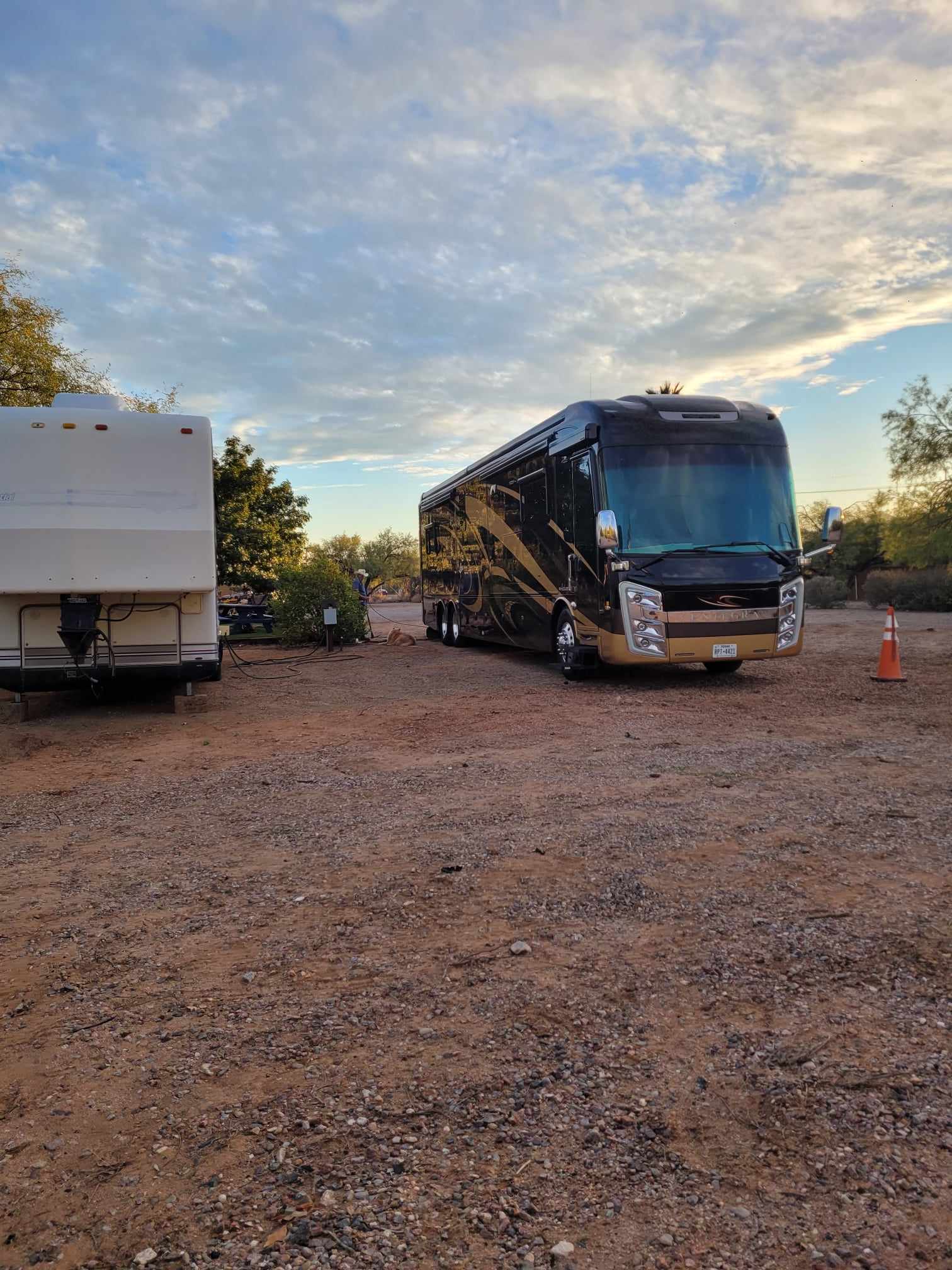
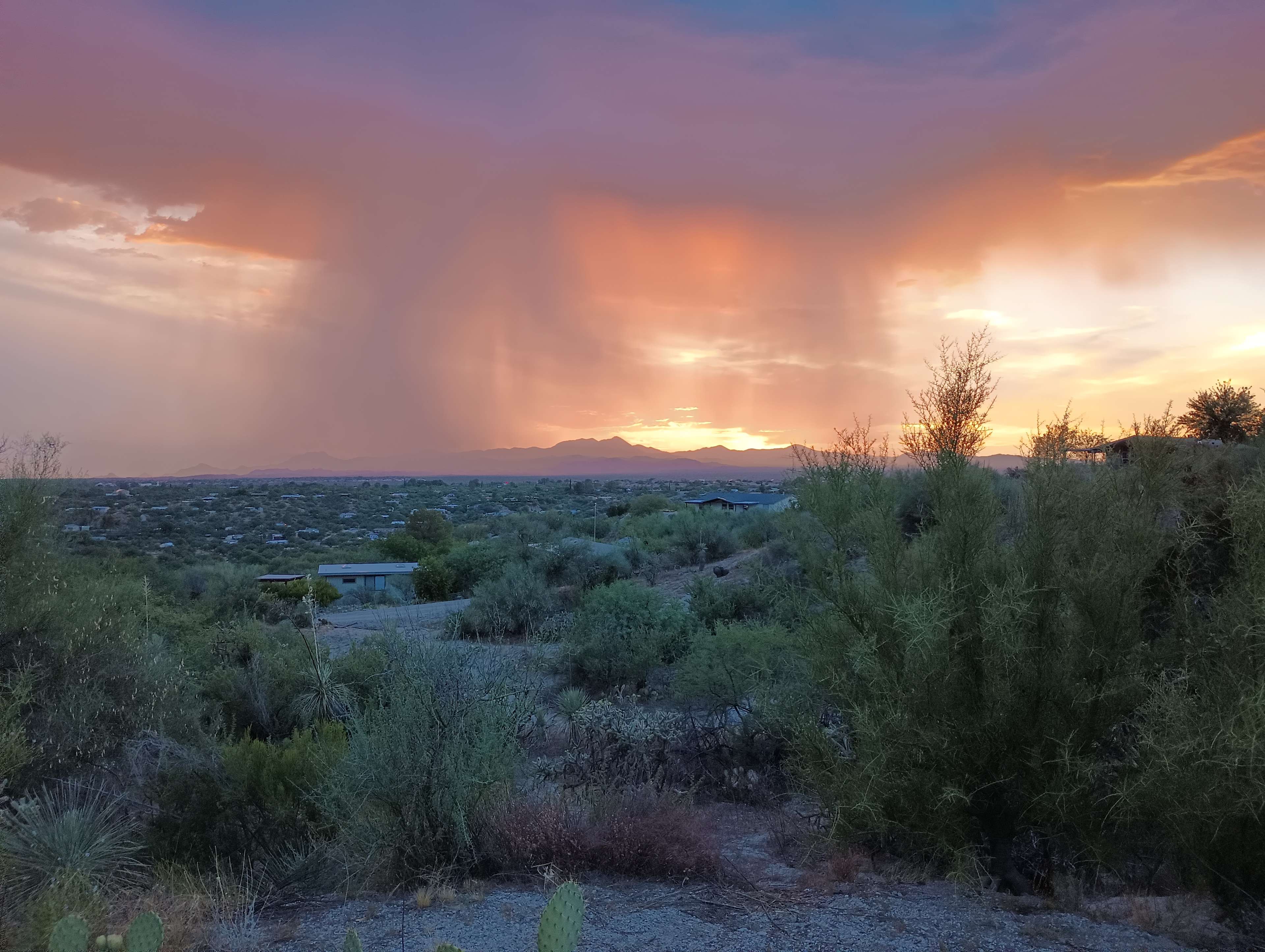
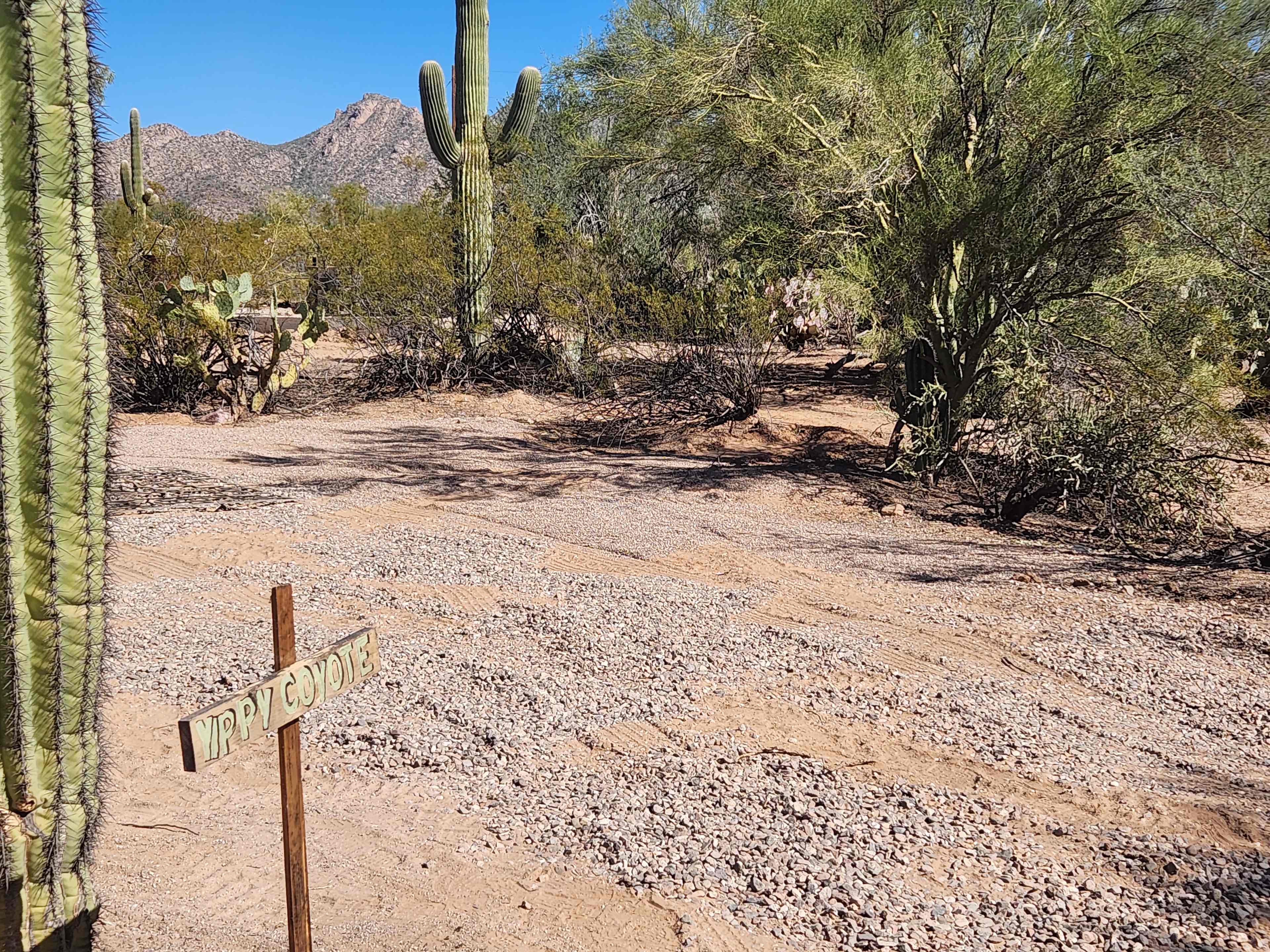


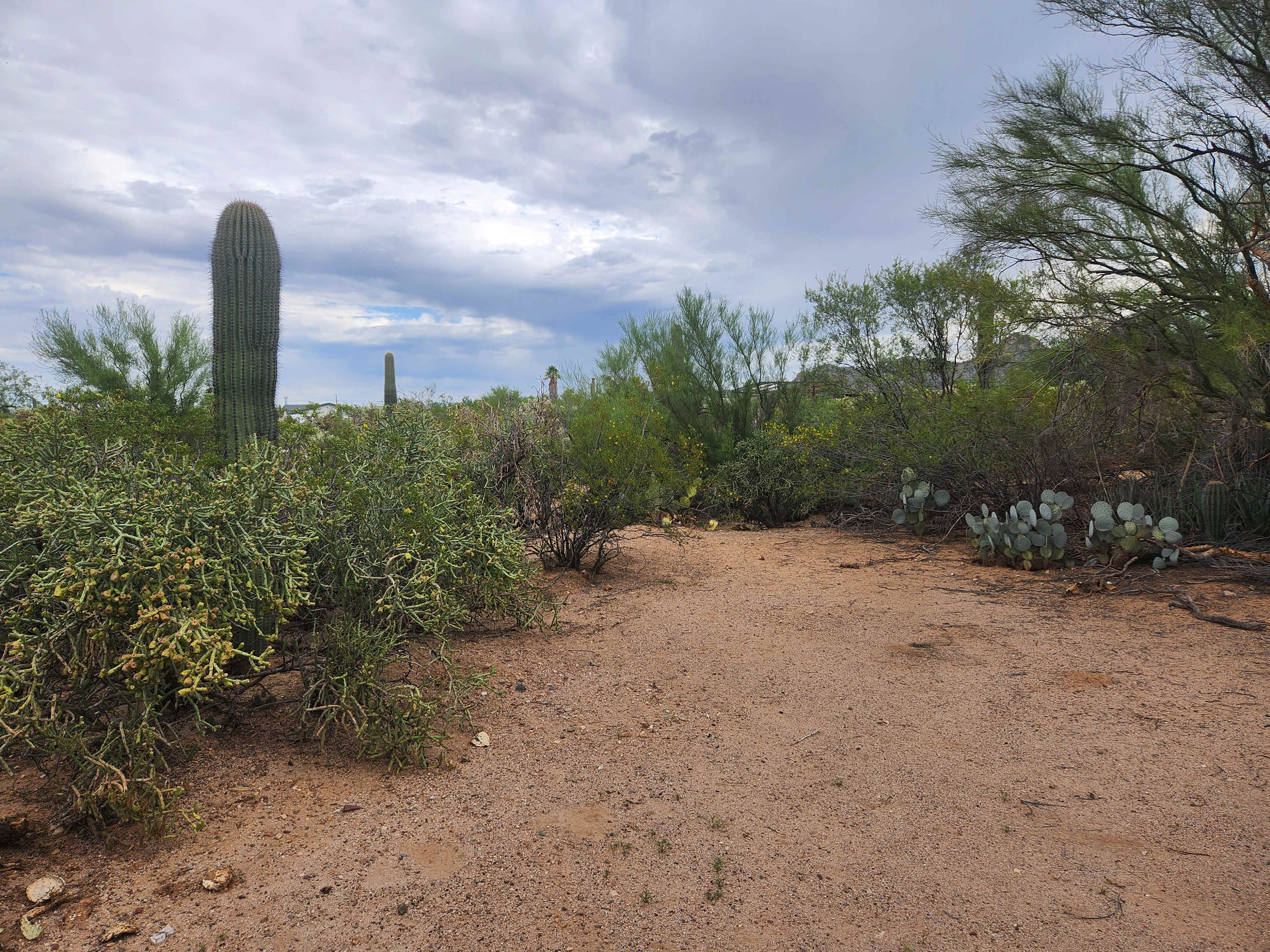



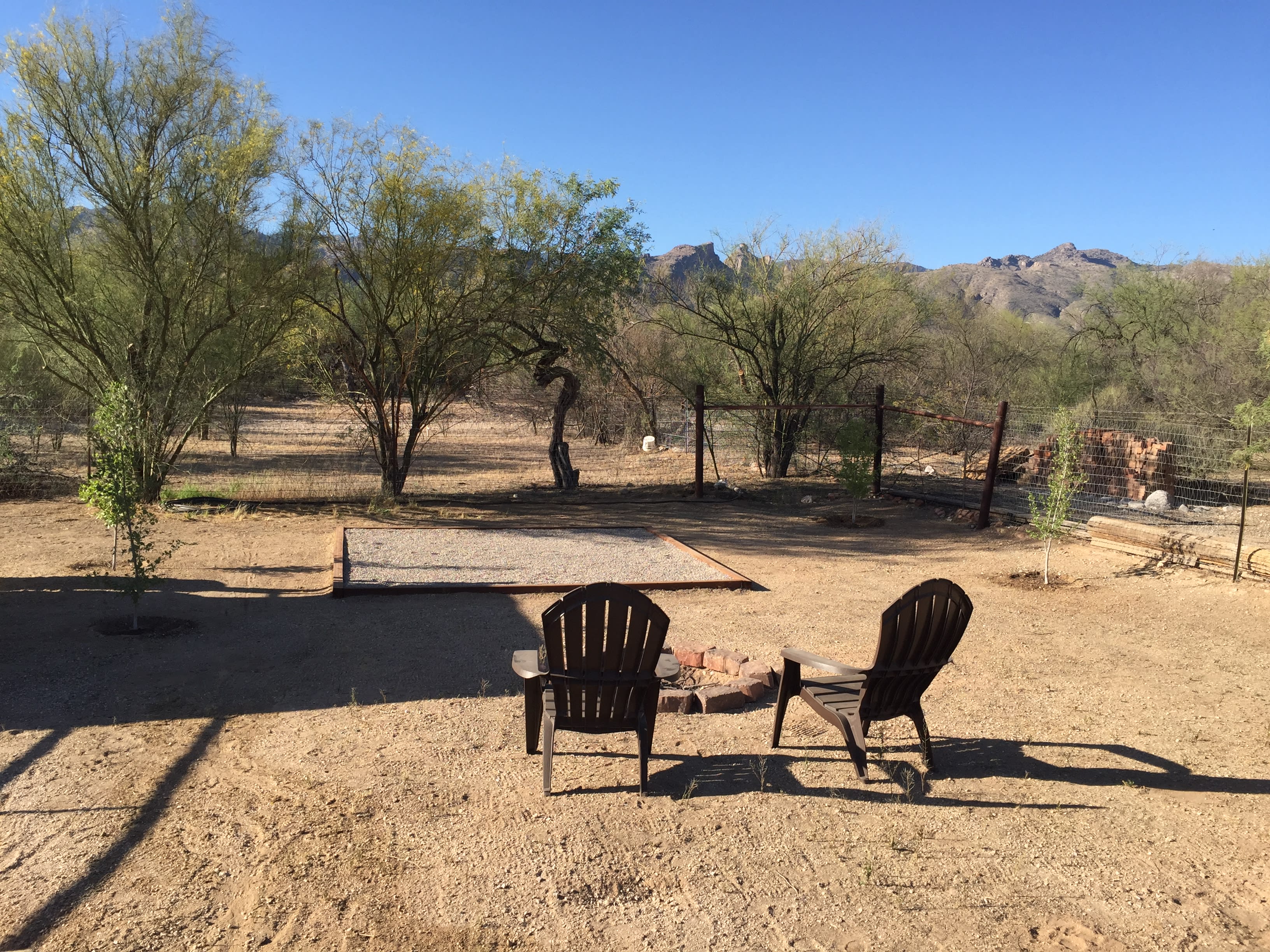
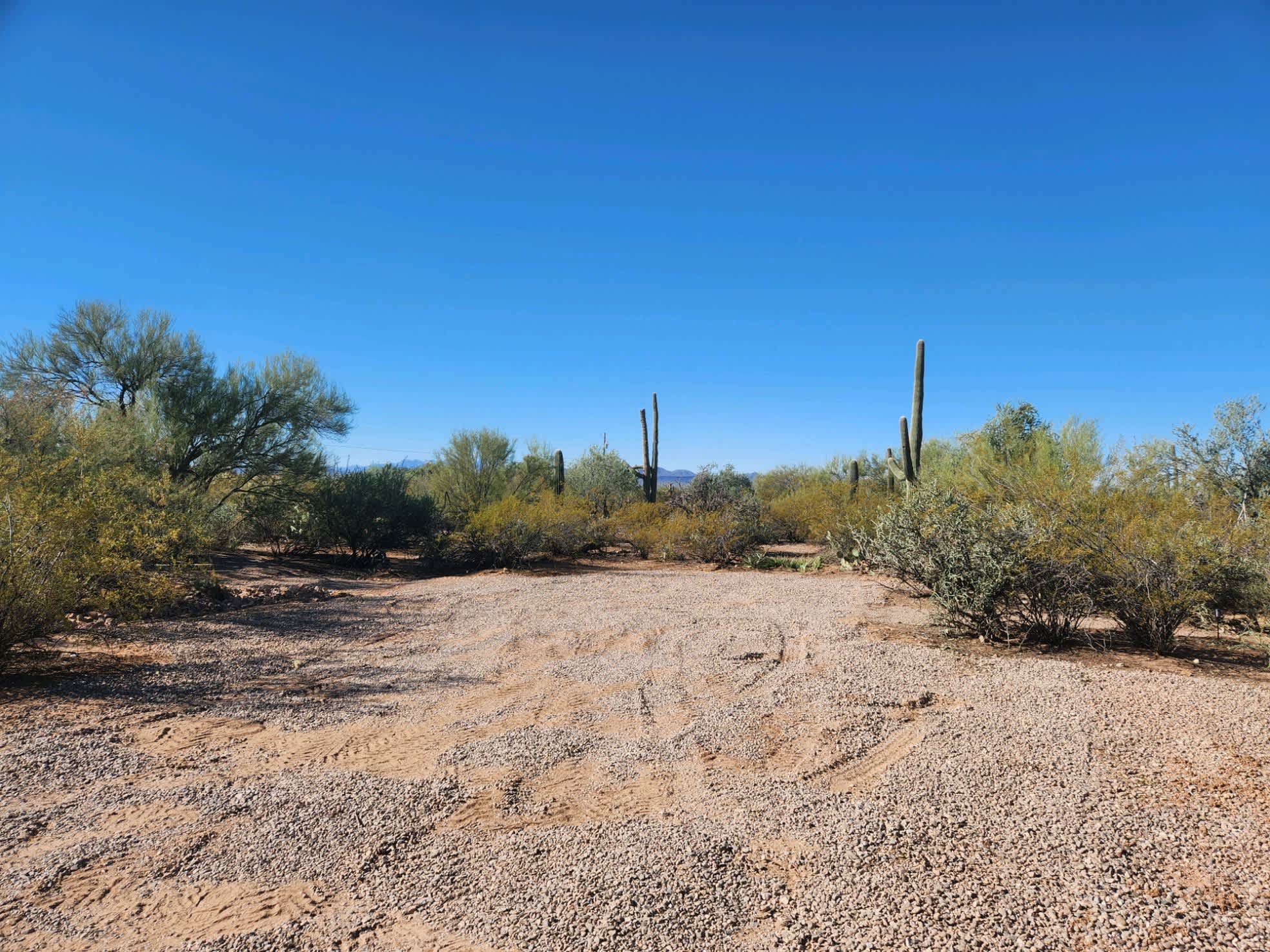


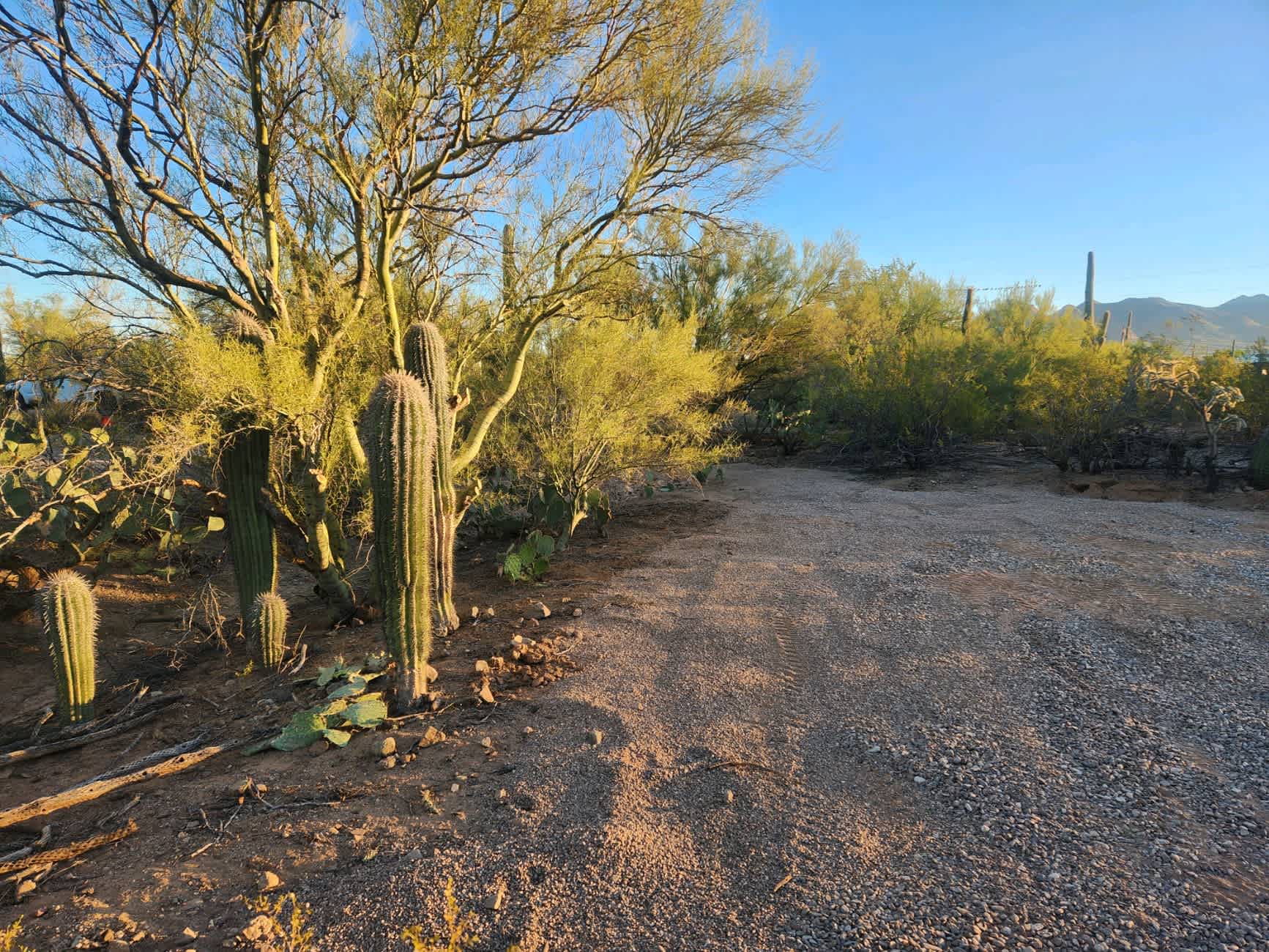

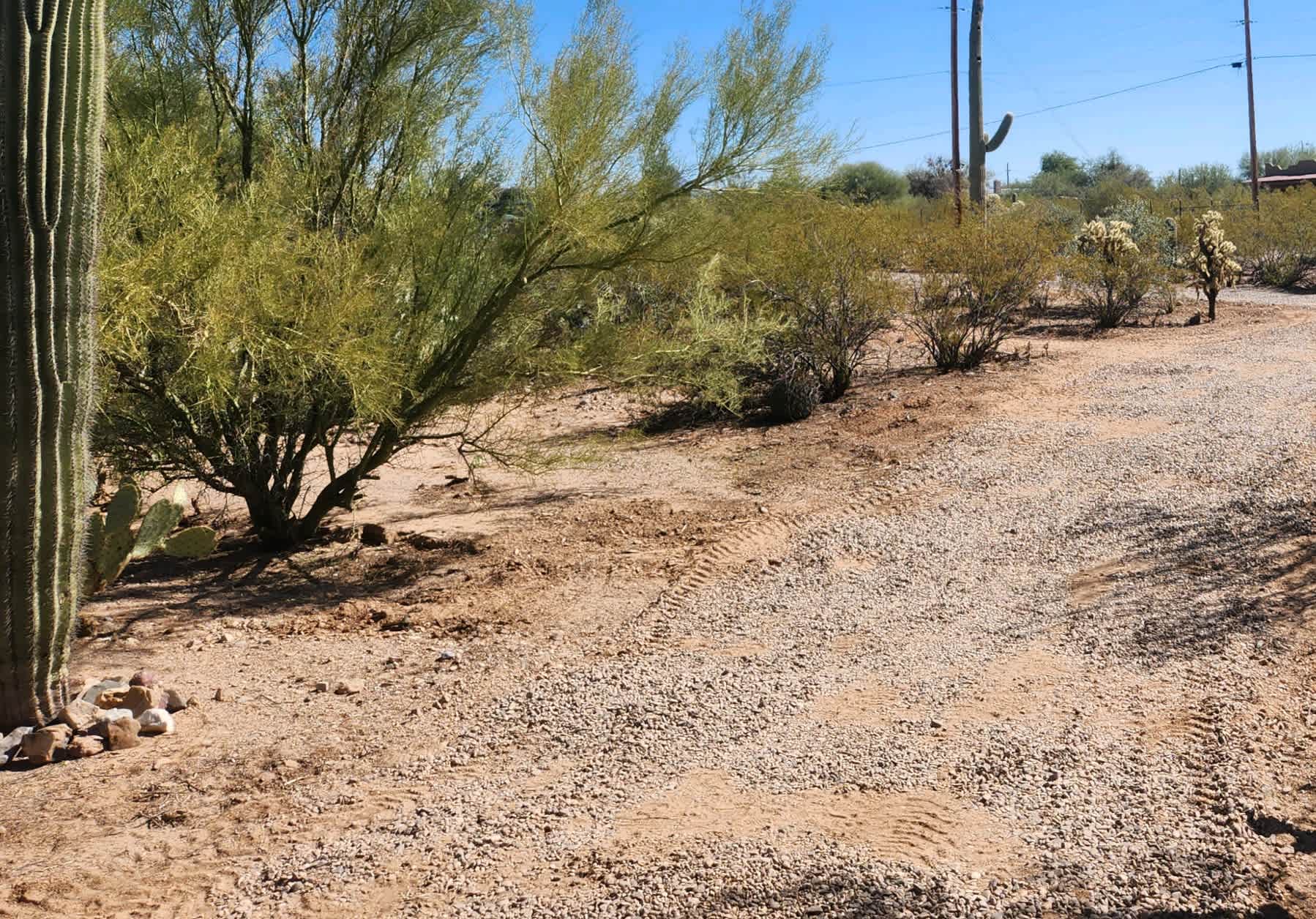
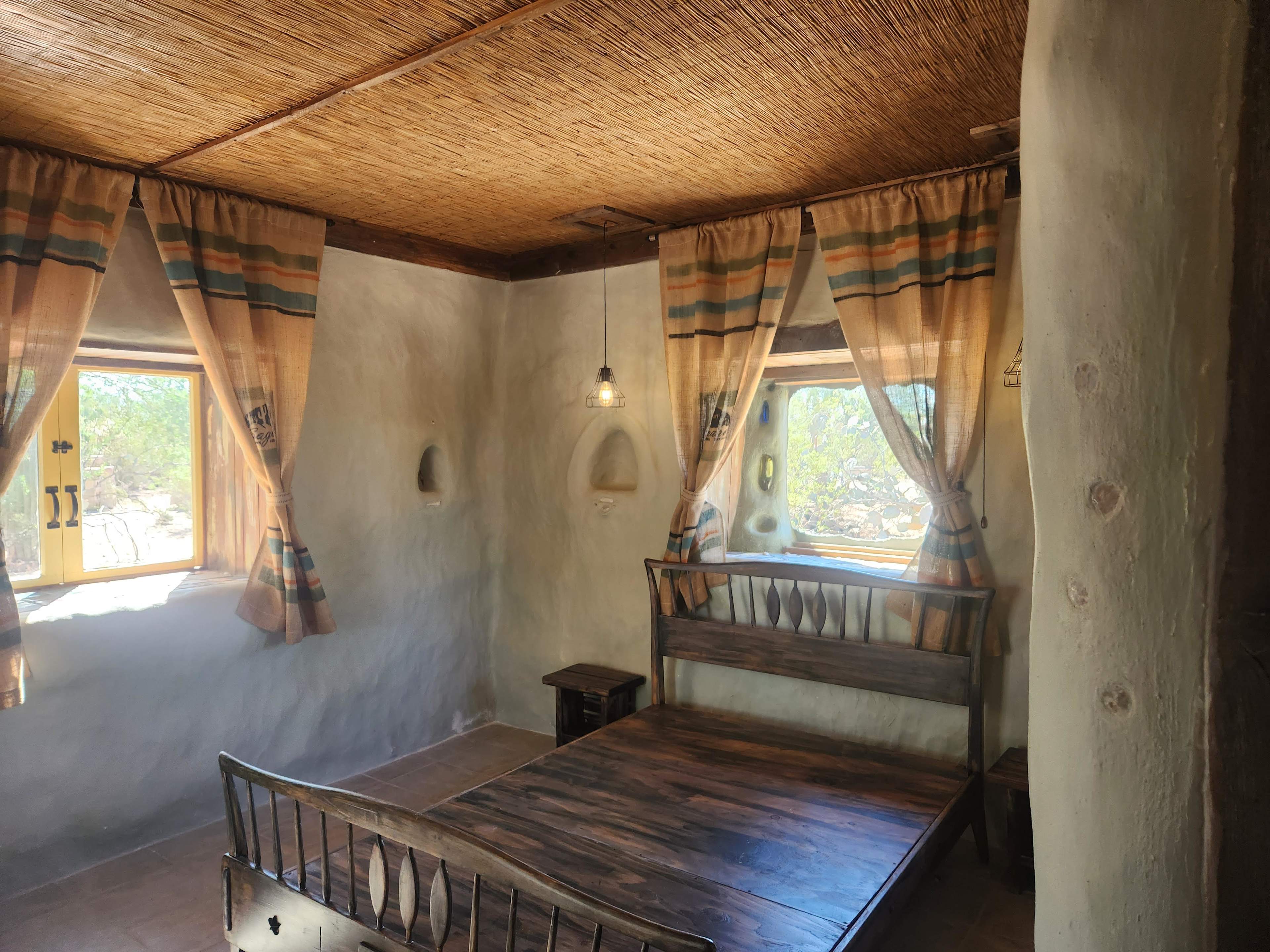
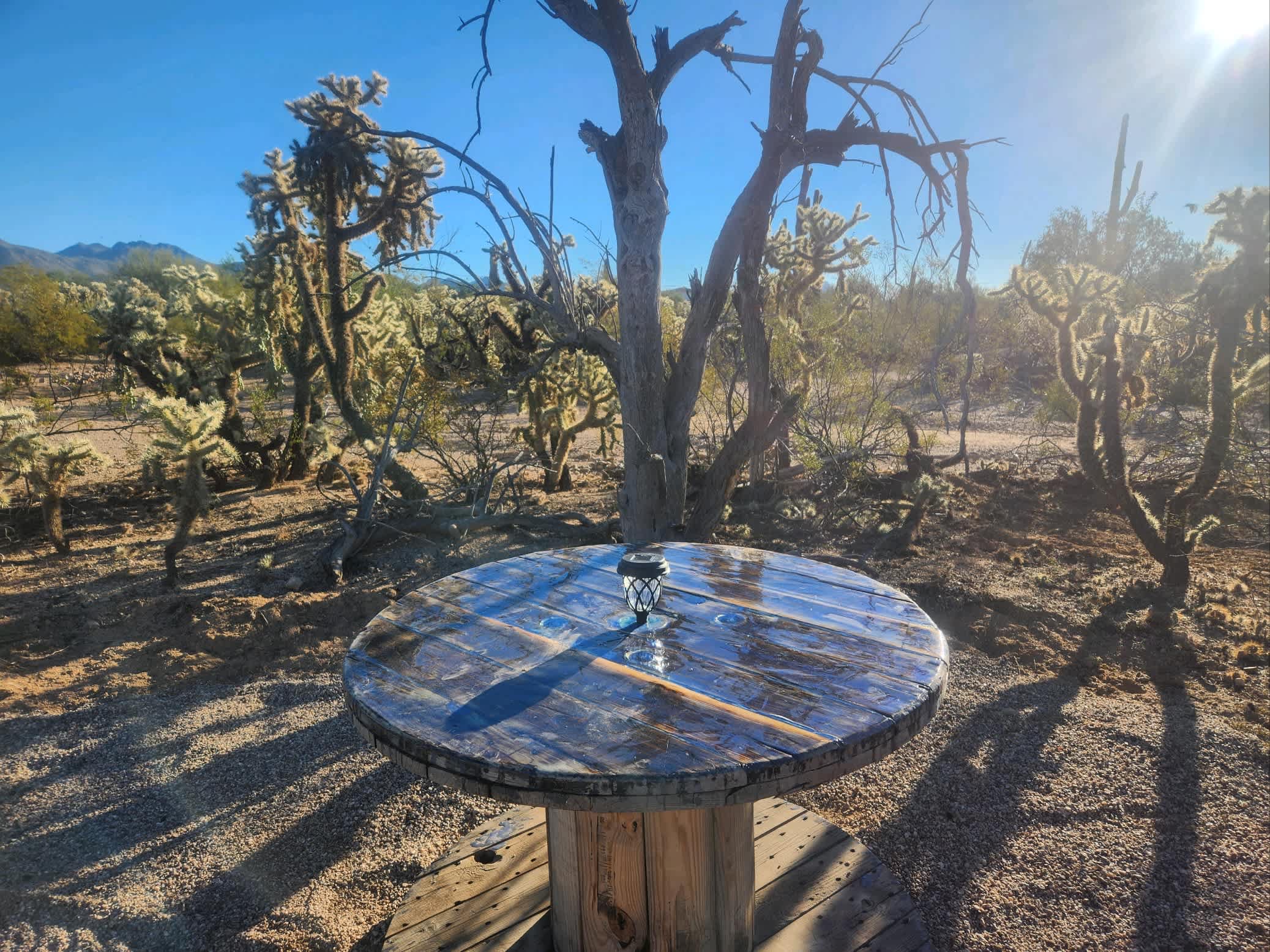

Other options near Saguaro National Park
The best camping in Saguaro National Park, AZ guide
Overview
About
The massive Saguaro cactus only grows in a small section of the Sonoran Desert in Southern Arizona. Saguaro National Park provides a prime spot for appreciating this iconic symbol of the Wild West. Two units are located outside the city of Tucson, offering hiking trails and scenic desert drives. The National Park Service offers 21 campsites spread across 6 campgrounds in the Saguaro Wilderness Area in the Rincon Mountains. Nearby public lands and state parks offer various camping options outside of the national park, and many private RV parks can be found in the greater Tucson region.
Notable campgrounds
- Best for backcountry camping: Within the park, primitive campsites in the Saguaro Wilderness Area are scenic. These tent sites require campers to hike in, with several miles of hiking and several feet of elevation gain involved.
- Best for RVers: Campers will find electric hookups and both tent and RV sites at nearby Catalina State Park, Kartchner Caverns State Park, and the Gilbert Ray Campground in Tucson Mountain Park.
- Best for boondocking: Free dispersed camping is allowed in the surrounding Coronado National Forest.
Tips for snagging a campsite
- The Saguaro Wilderness Area campsites are for tent camping only; RVs and other vehicles cannot reach these camping areas.
- NPS backcountry camping permits are required for camping in the Saguaro Wilderness Area.
- Campsites at Arizona State Parks may be booked by phone or online up to a year in advance.
- Dispersed camping in Coronado National Forest is first-come-first-served. Some areas see a lot of traffic and have limited openings.
When to go
If you visit Saguaro National Park in the summer, prepare for extreme heat, with temperatures potentially topping 110 degrees. Evenings are much cooler, as are higher elevations, so hikers should always bring layers of clothing. Carrying sunscreen and plenty of water is essential. Spring and fall are much more moderate, though evening temperatures drop quickly. Wildflowers bloom March through May, adding color to the desert landscapes. This year-round park can be appreciated in the winter, with high temperatures in the 60s and freezes rarely occurring.
Know before you go
- The cactus gardens outside of the park visitors centers offer an introduction to the flora and fauna of the Sonoran Desert.
- Camping spots at higher elevations may have different weather conditions; plan accordingly.
- Restrooms and water sources are not available at campgrounds in the park.
- Campfires are not allowed at Douglas Spring Campground or Grass Shack Campground.
